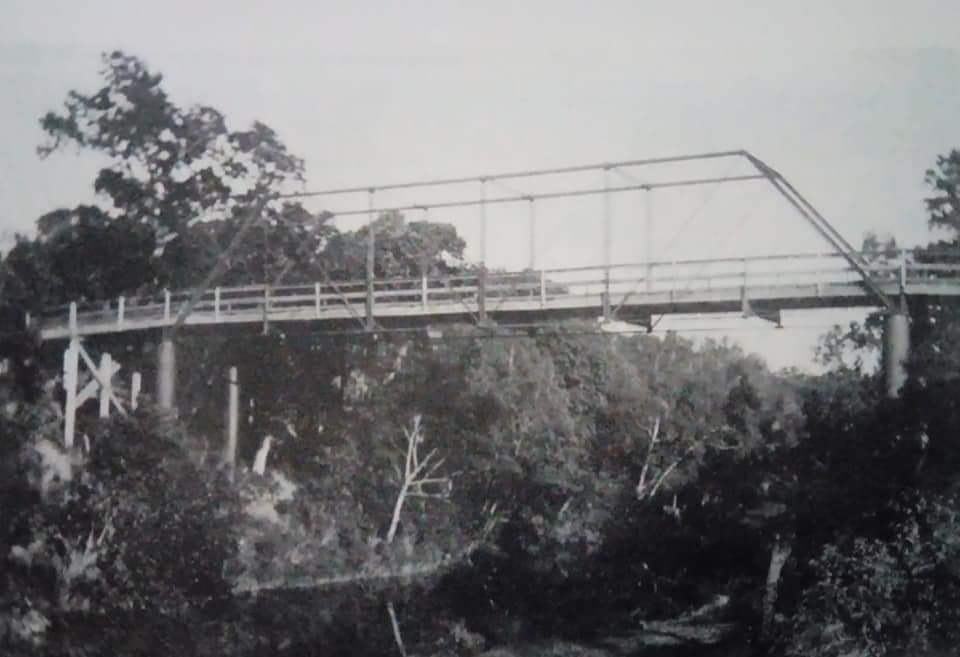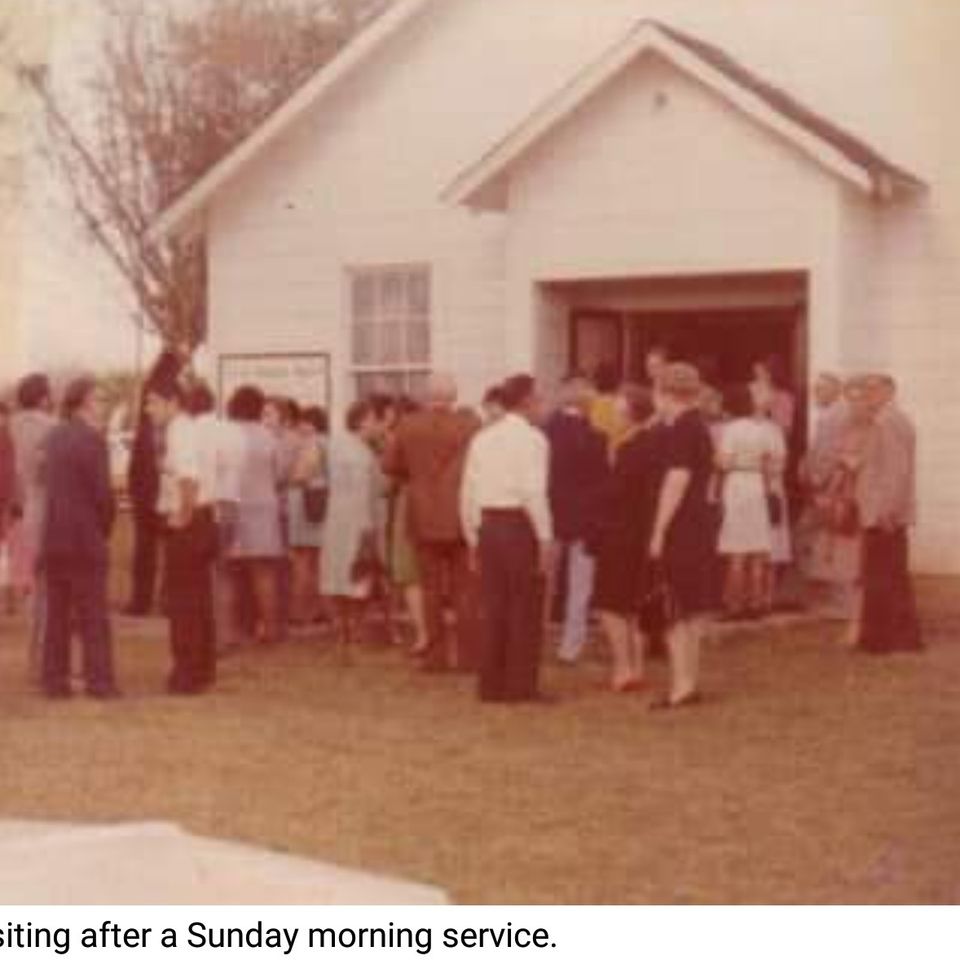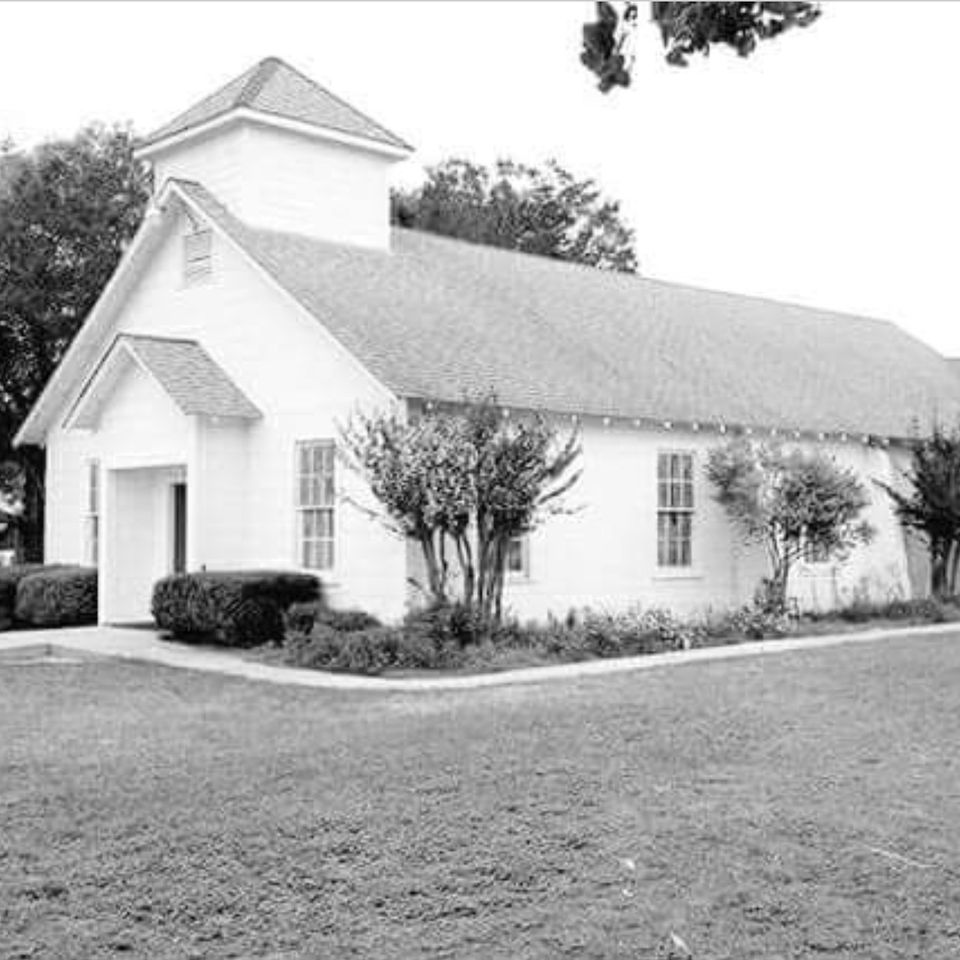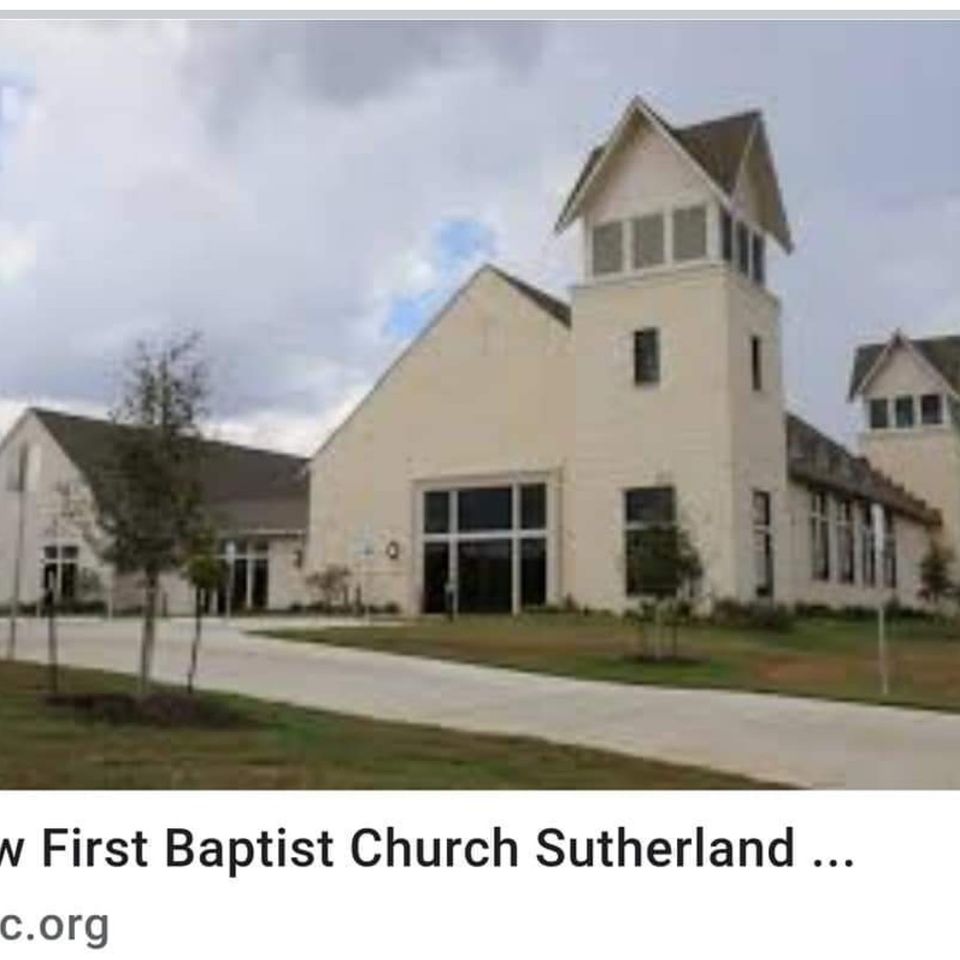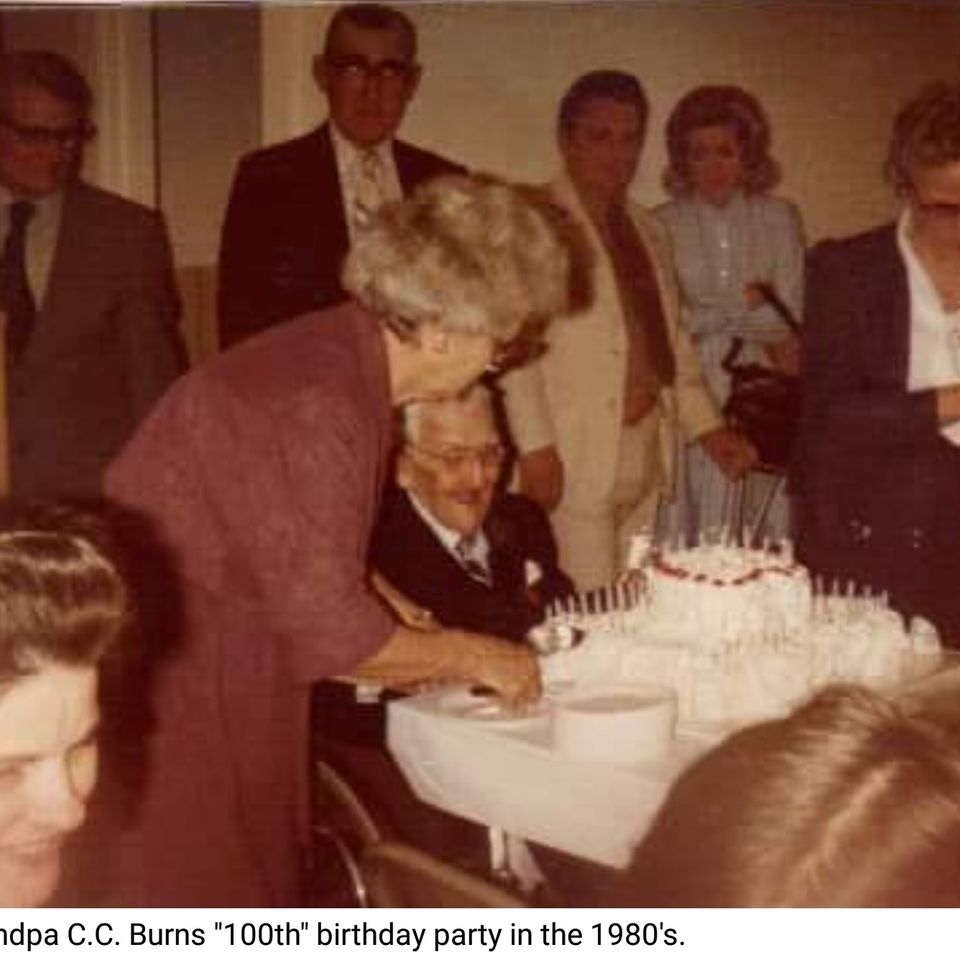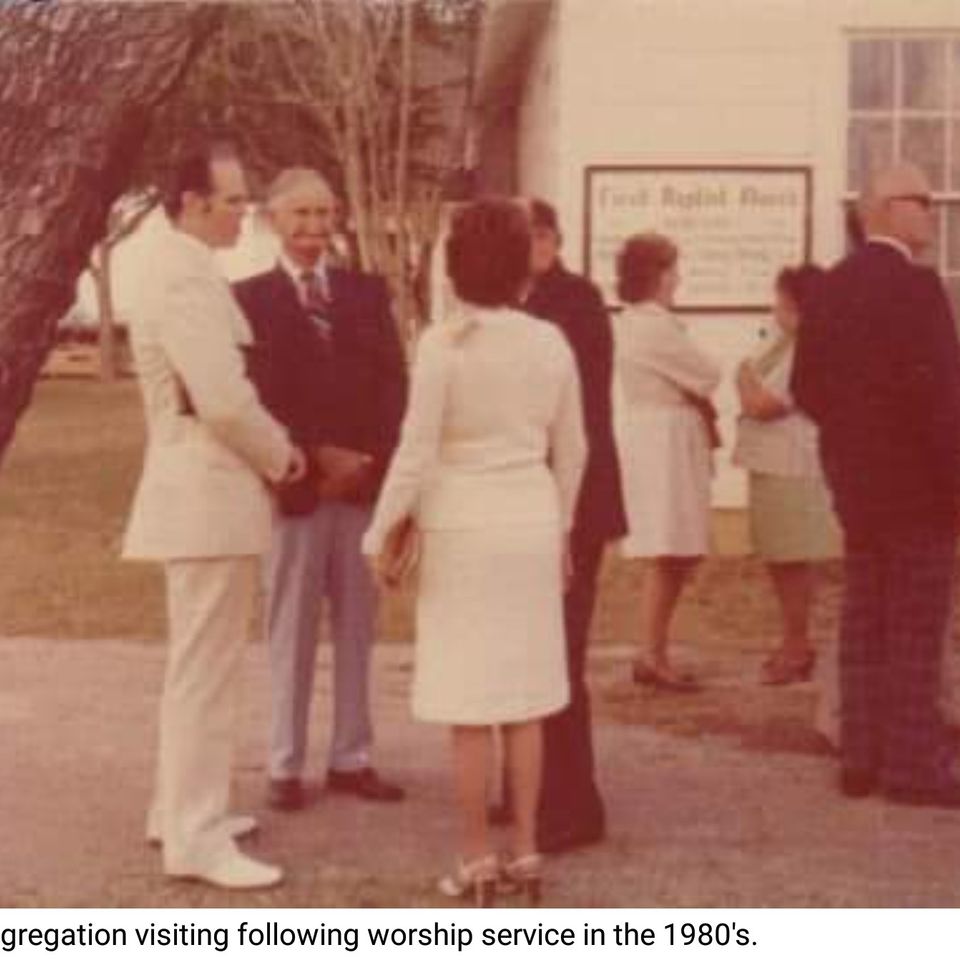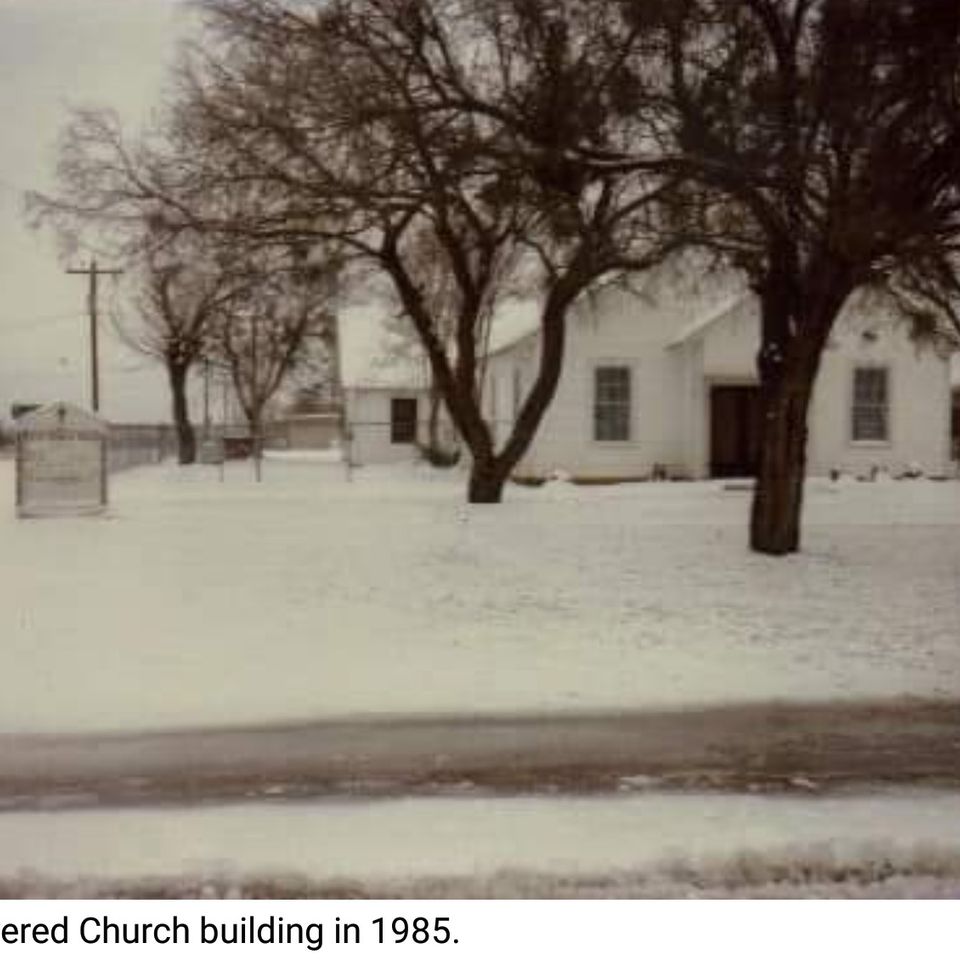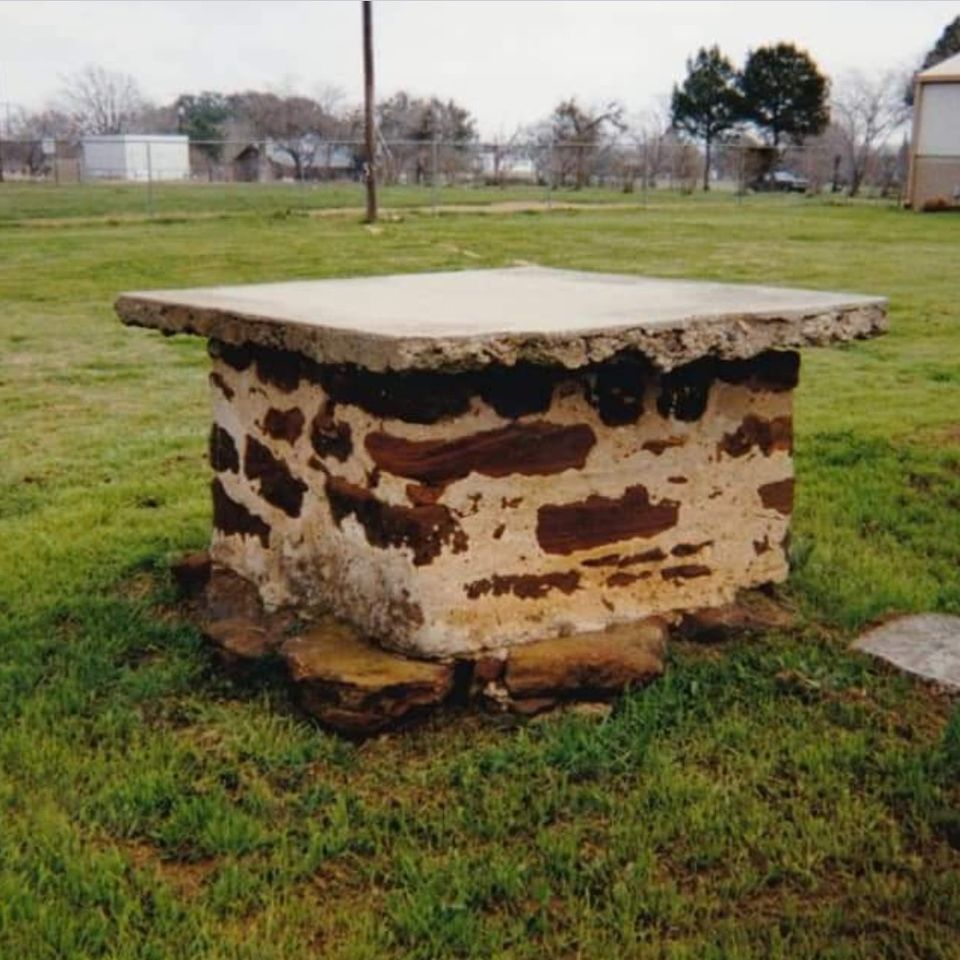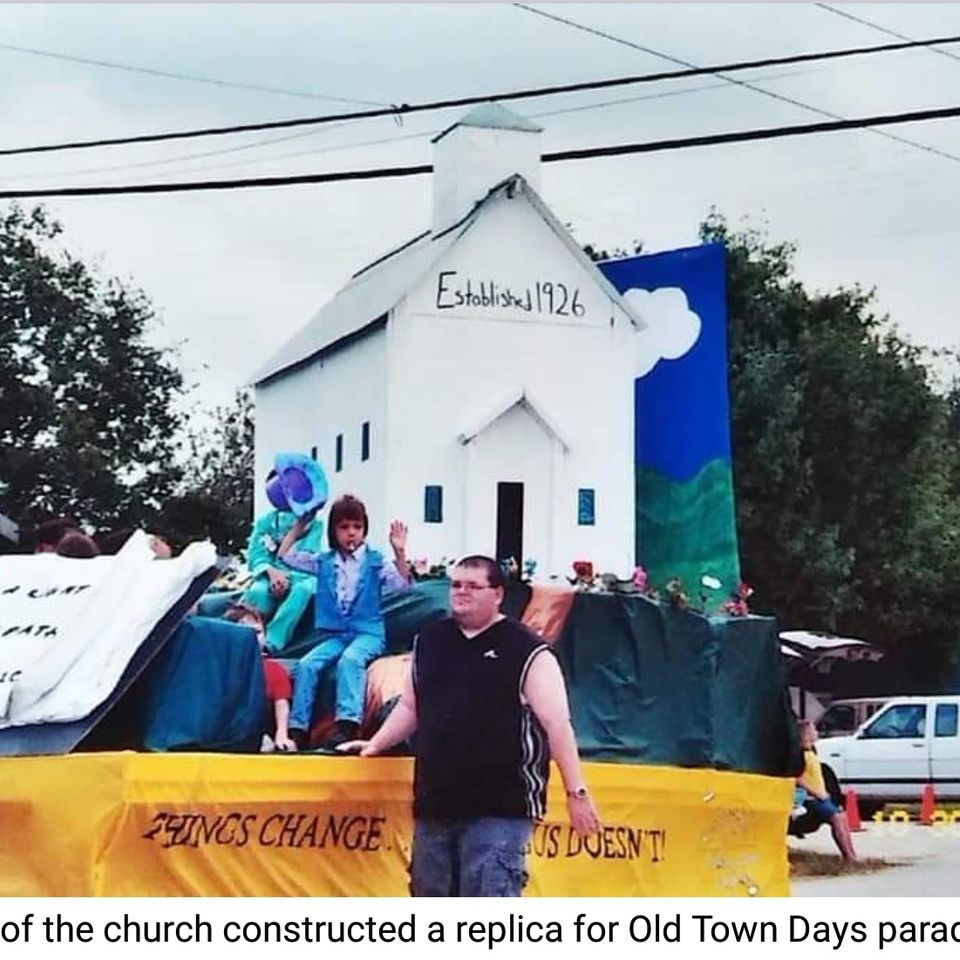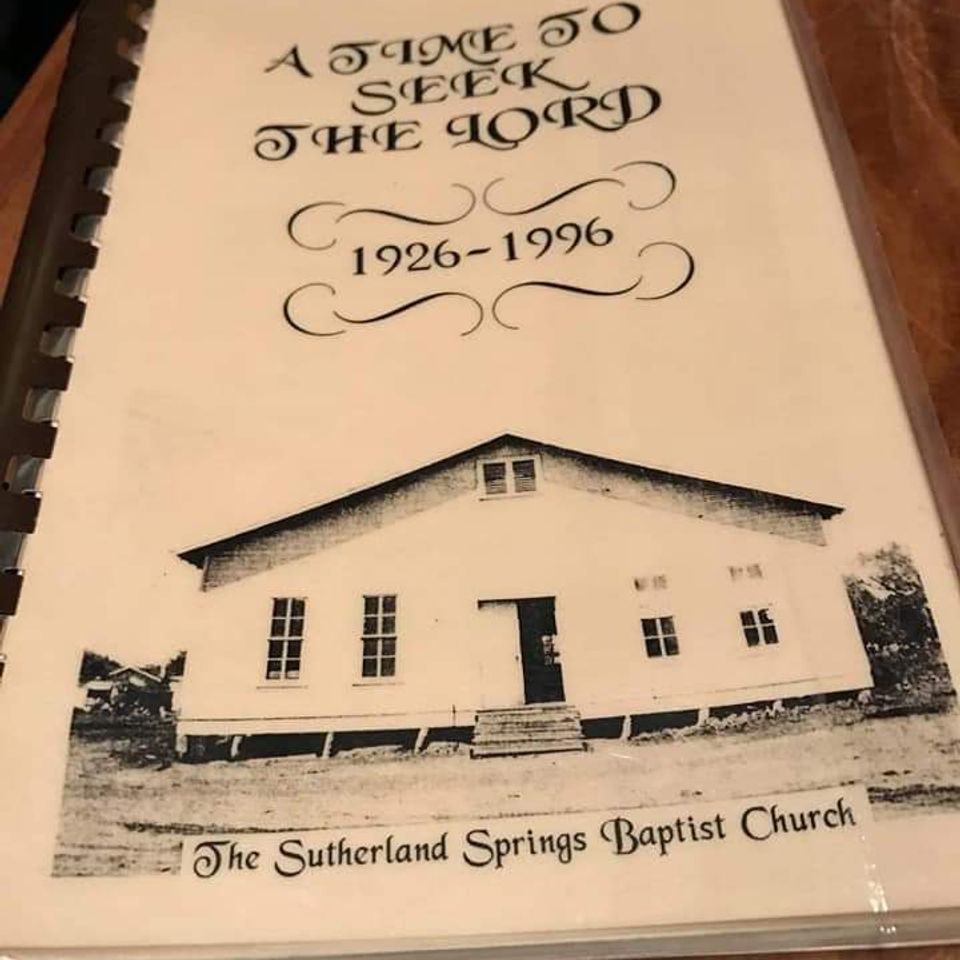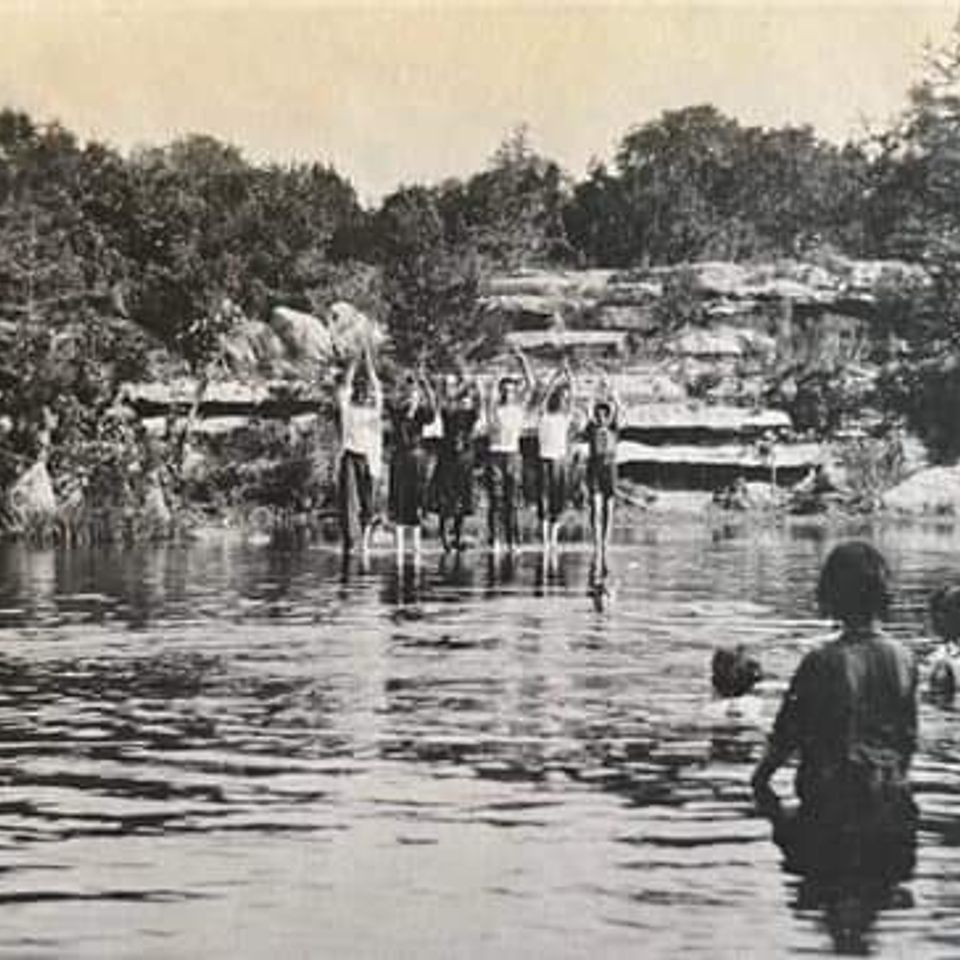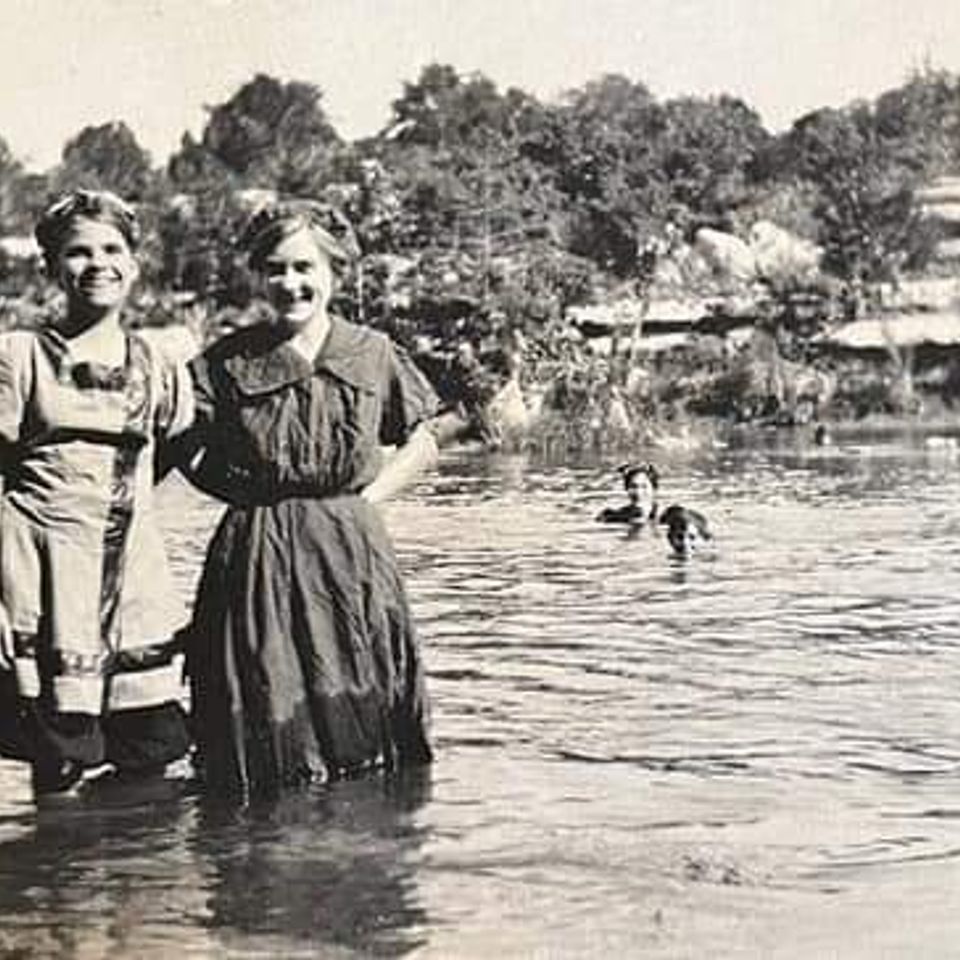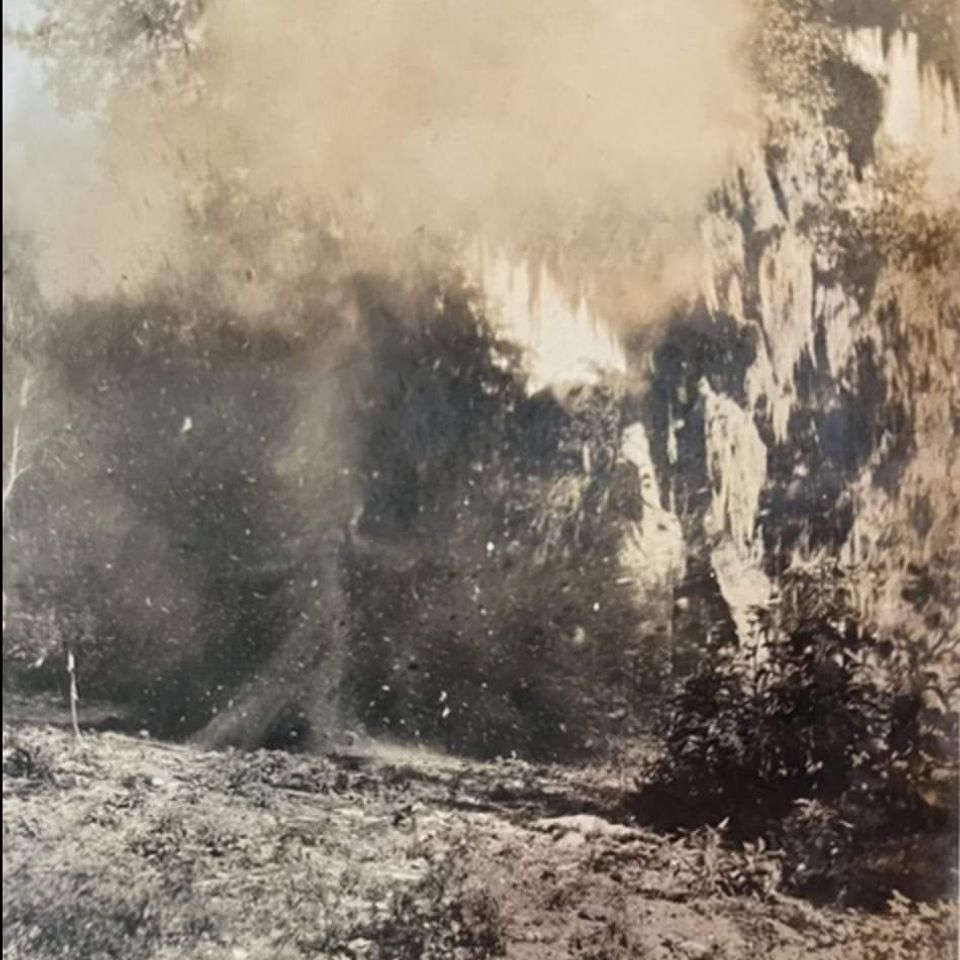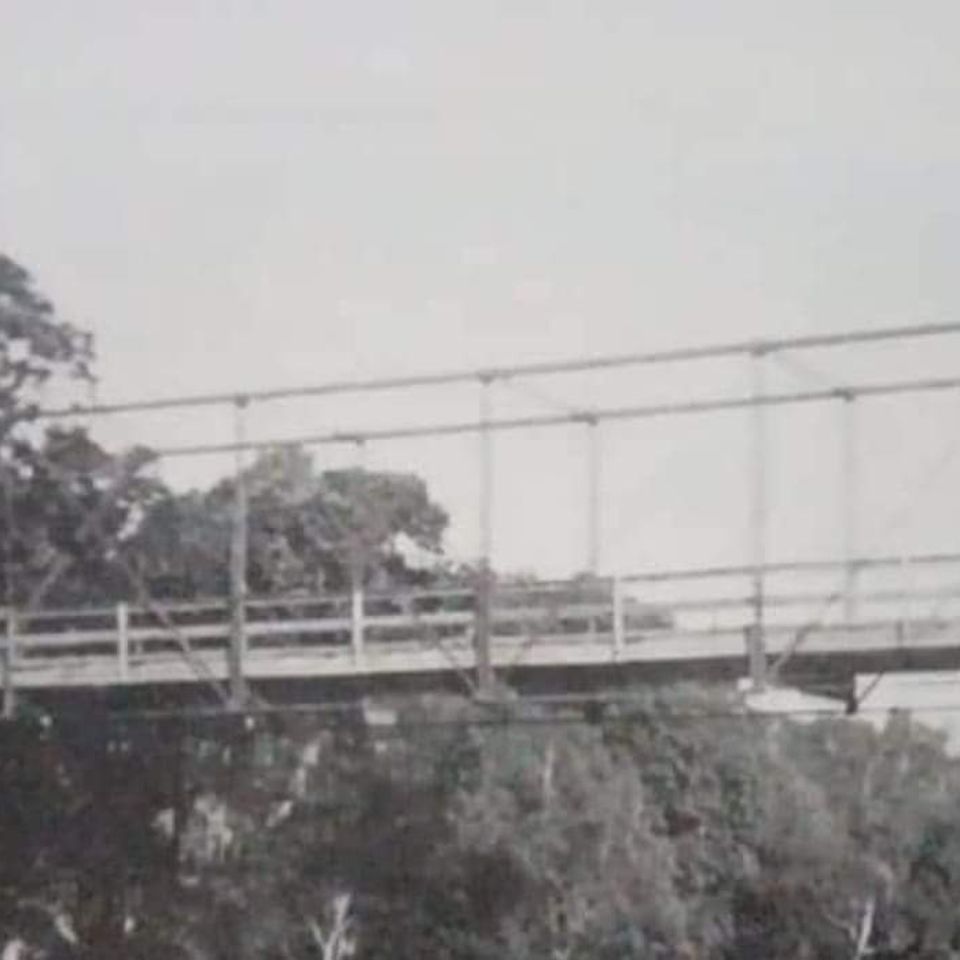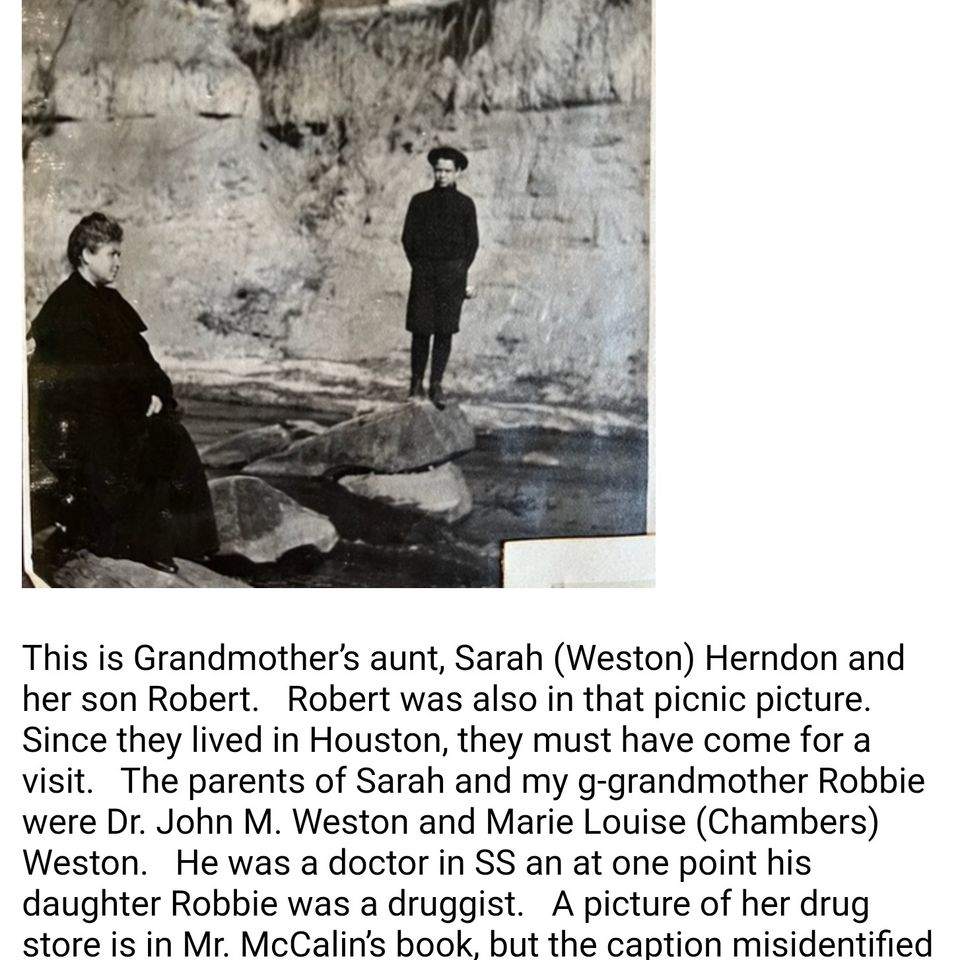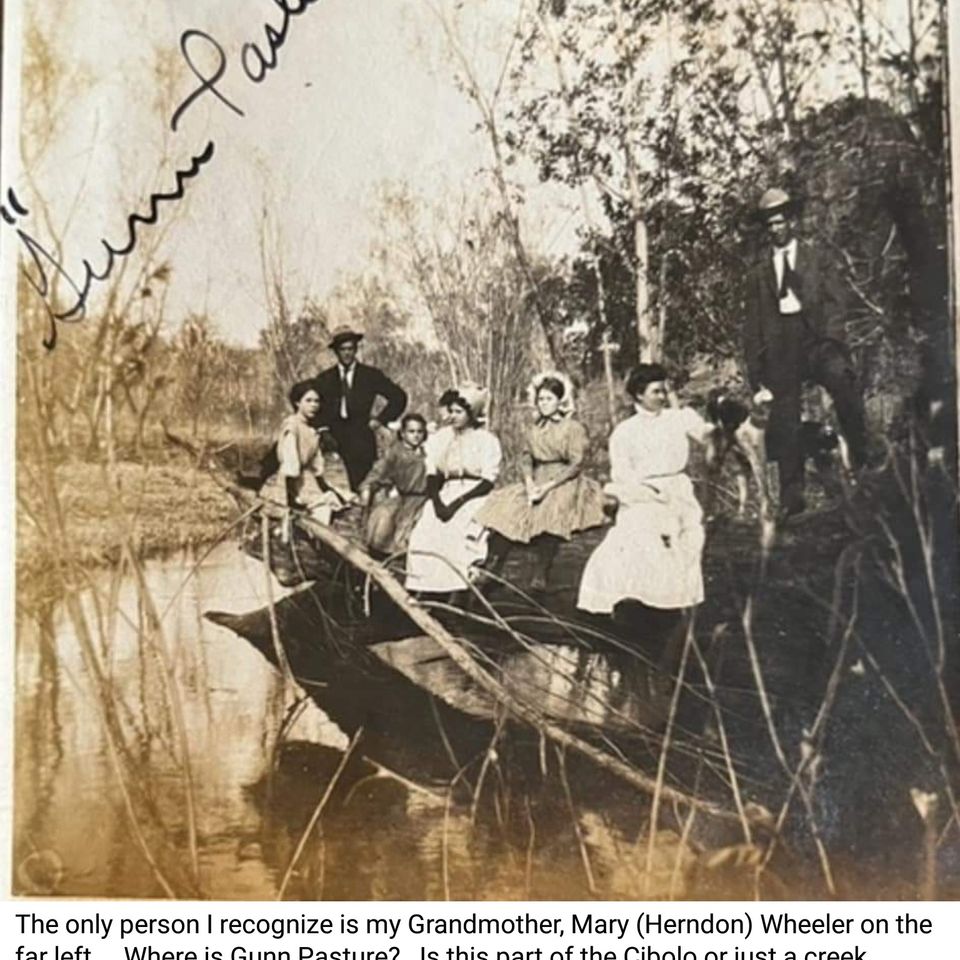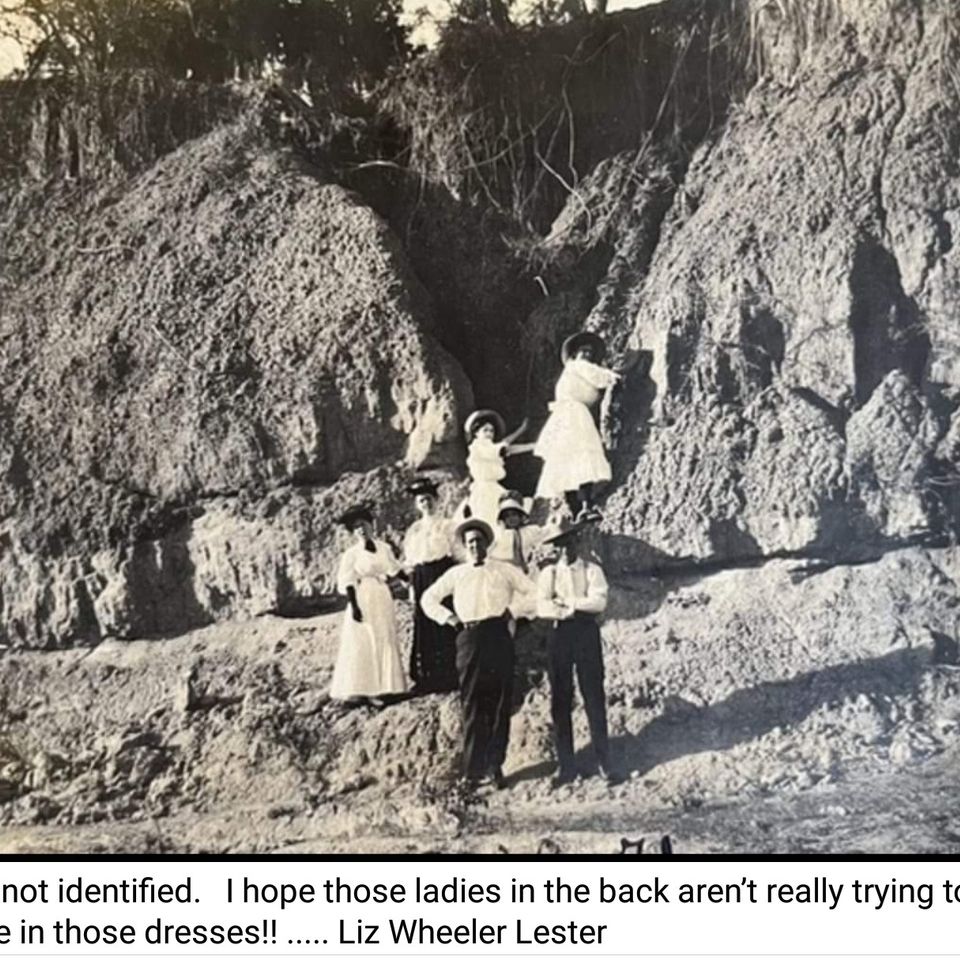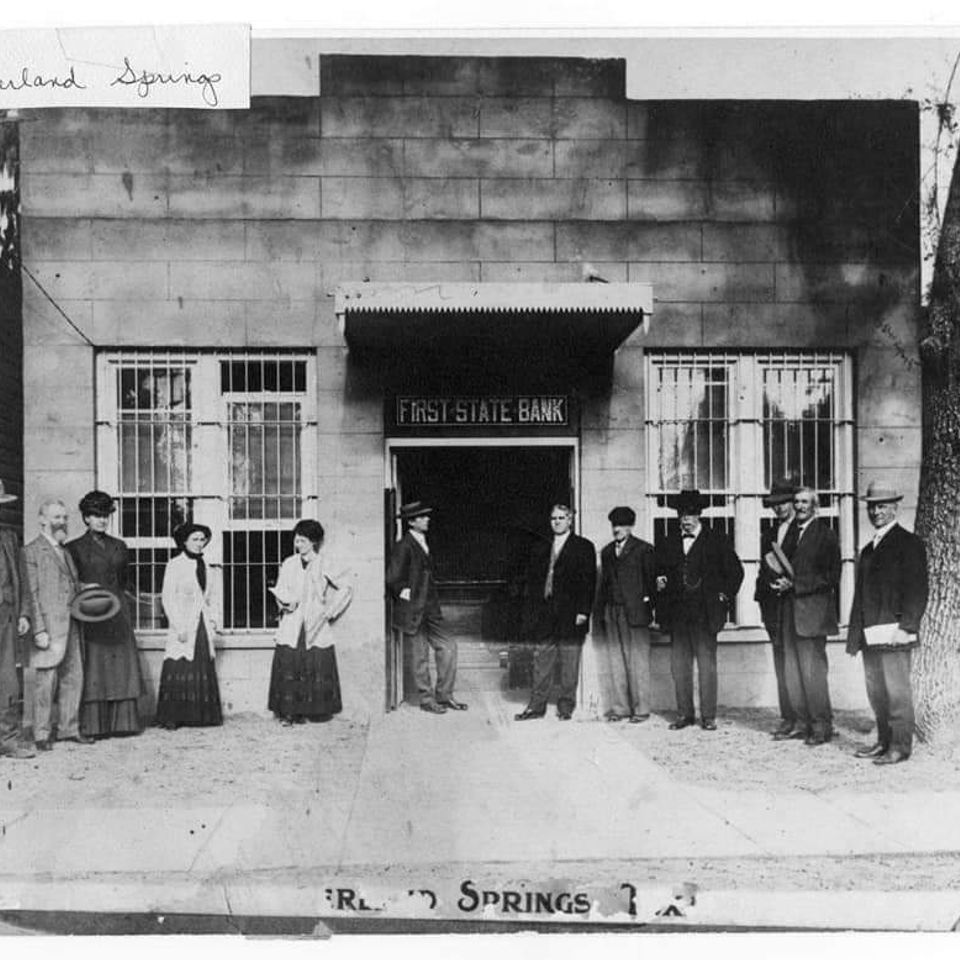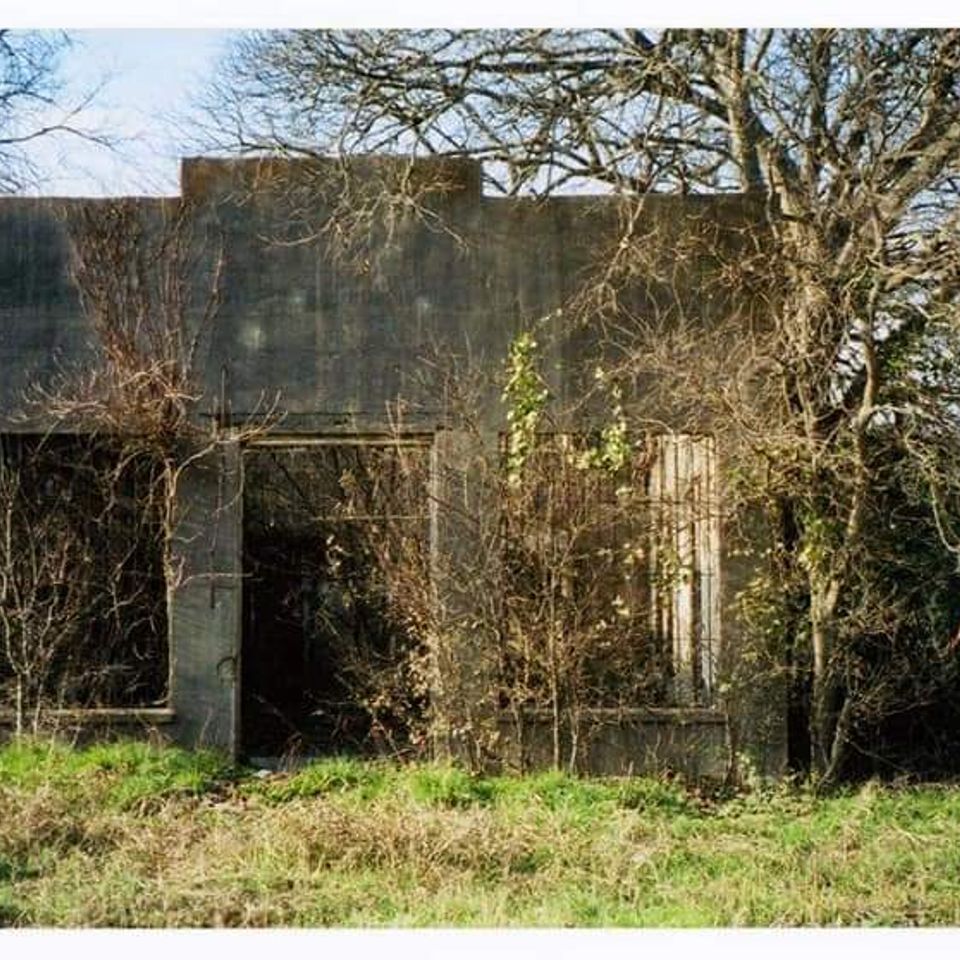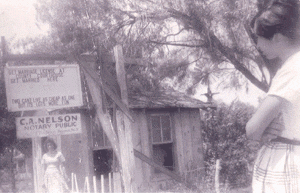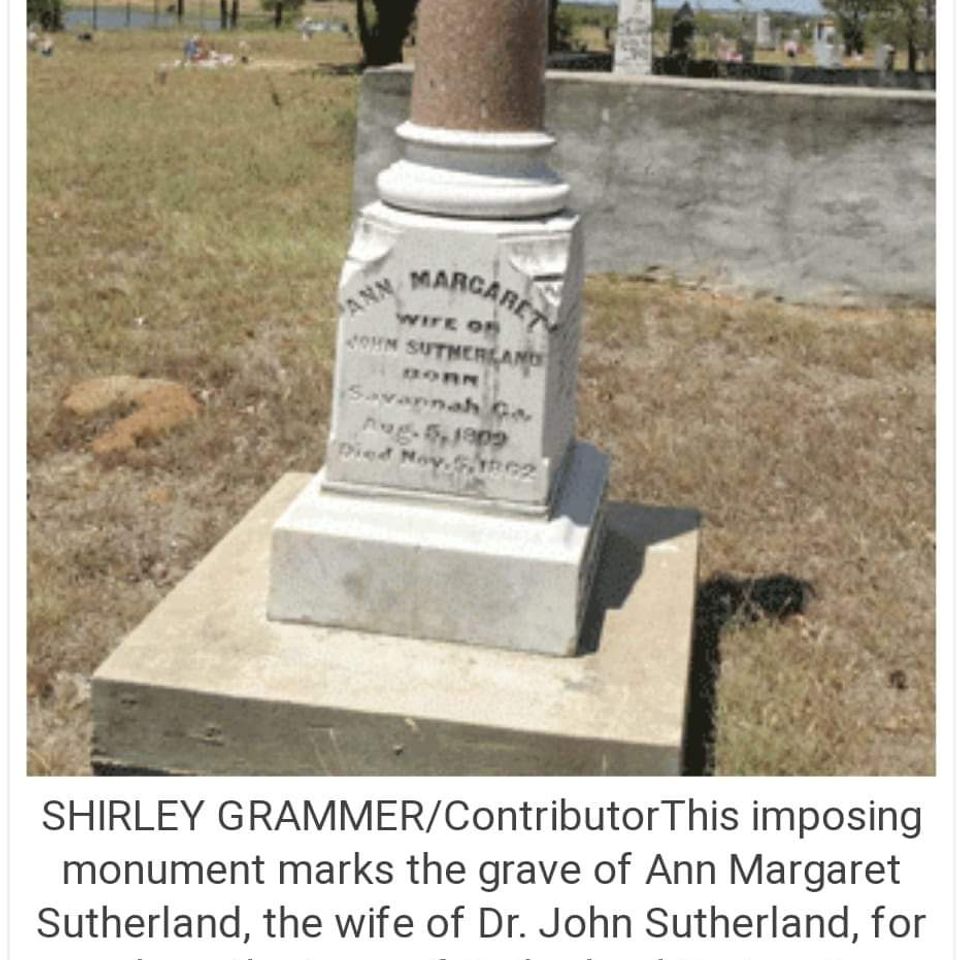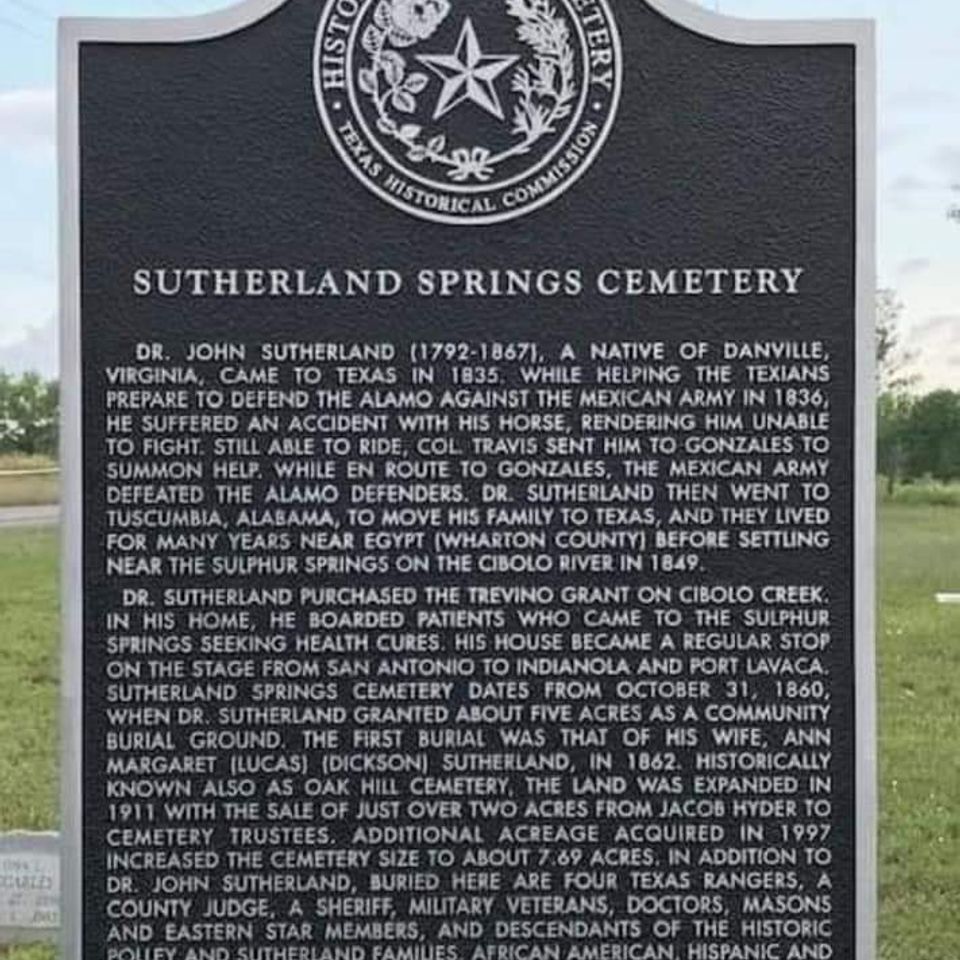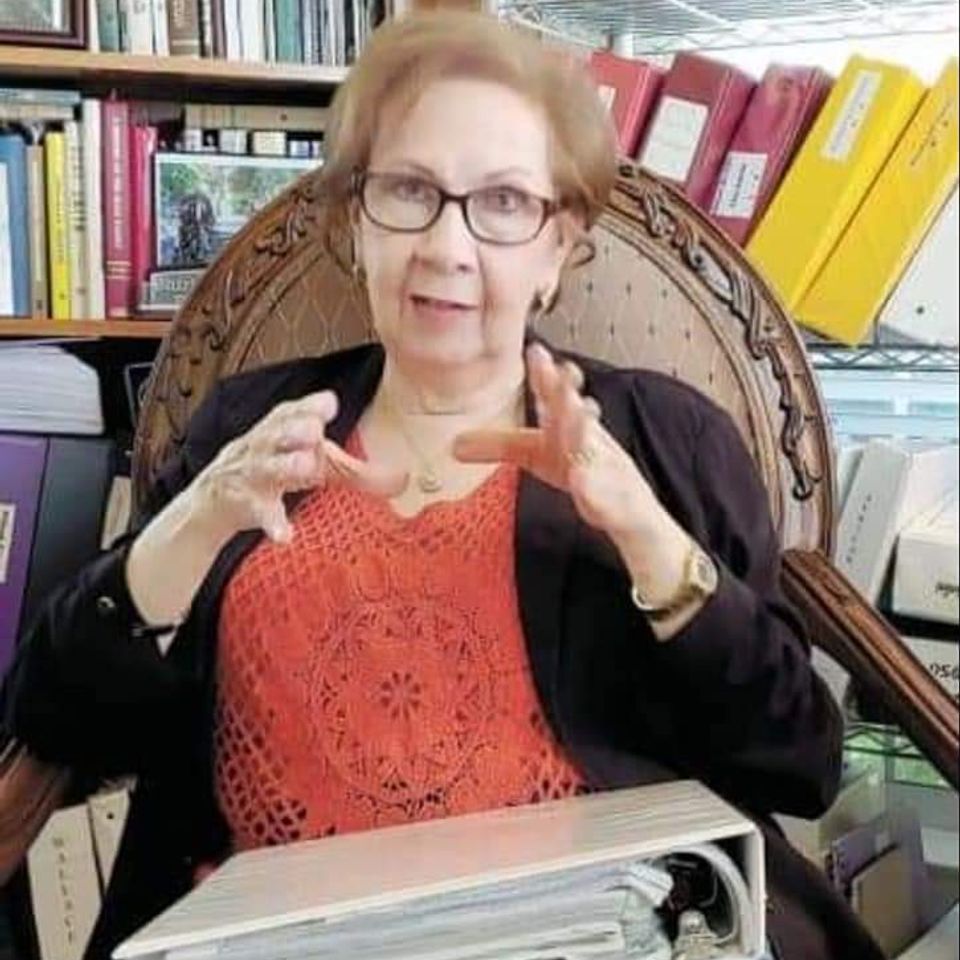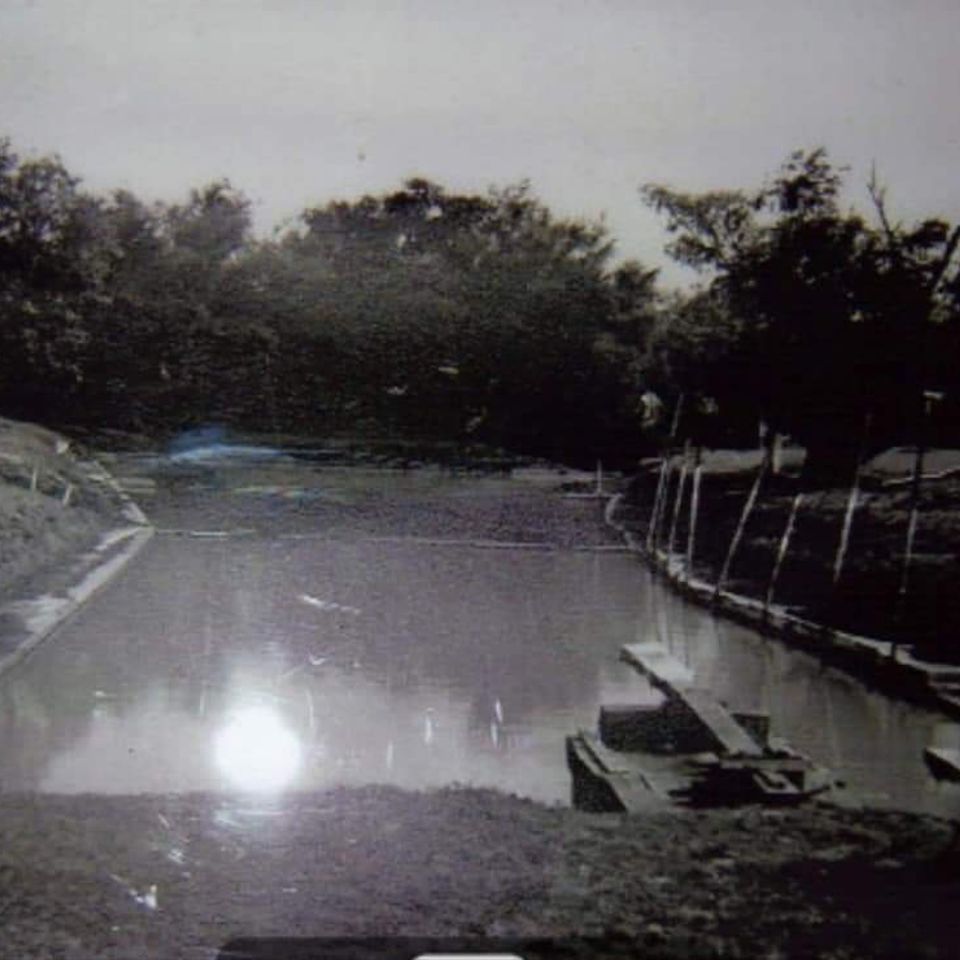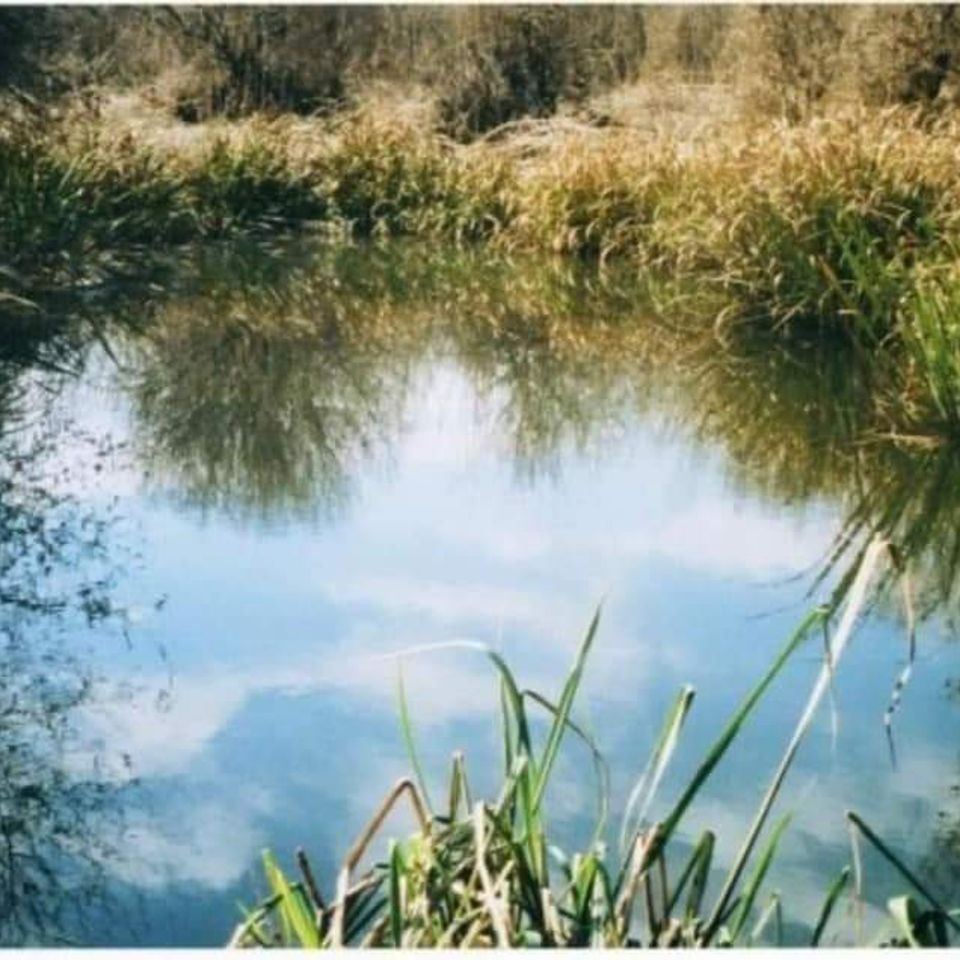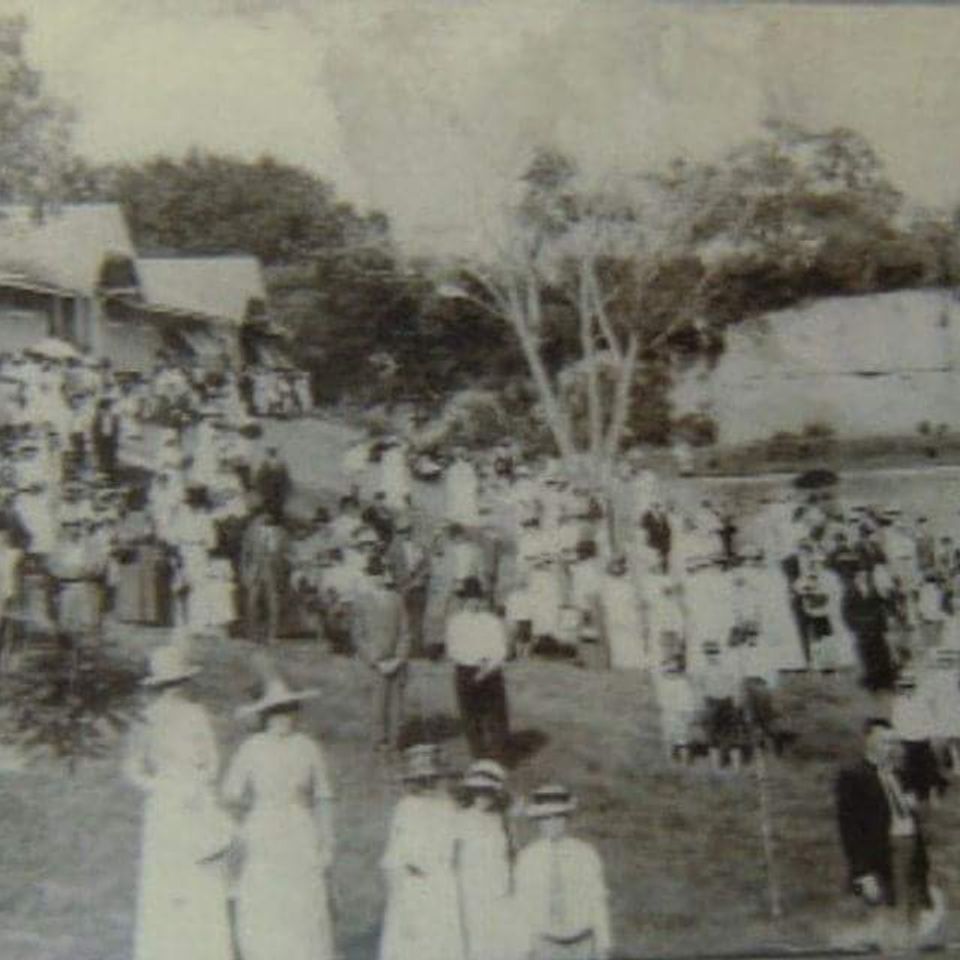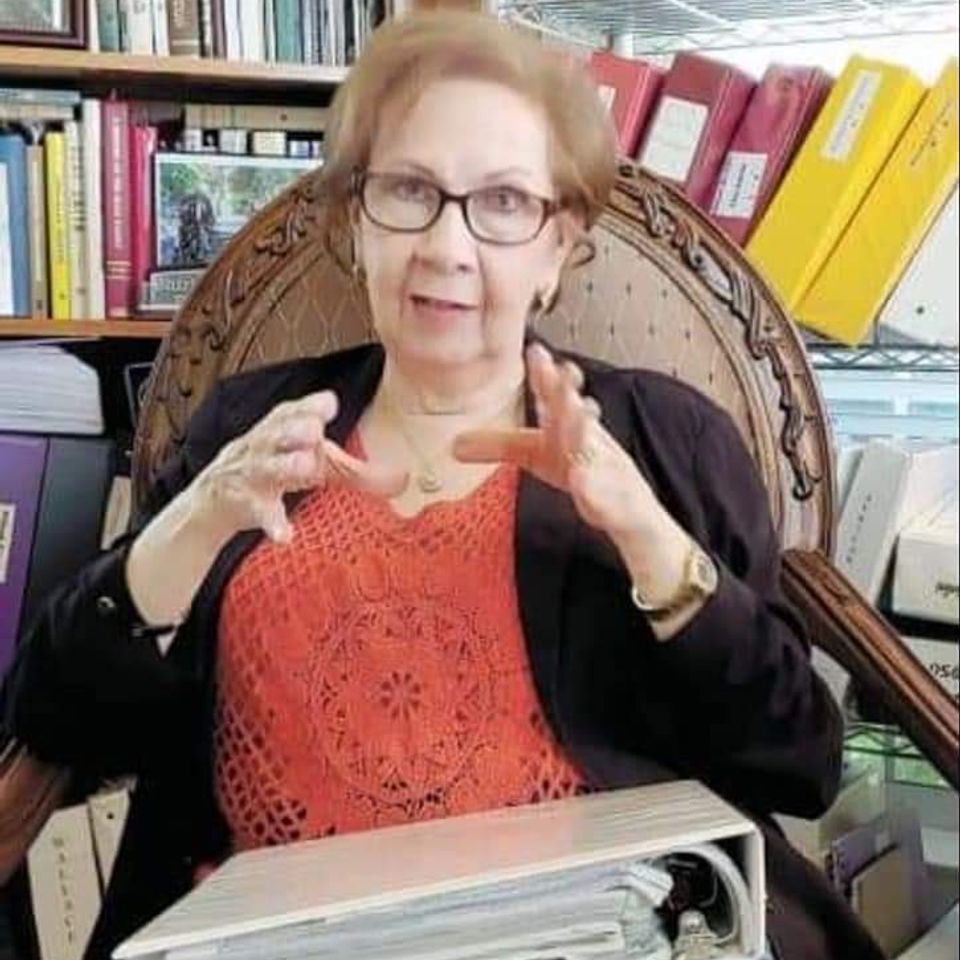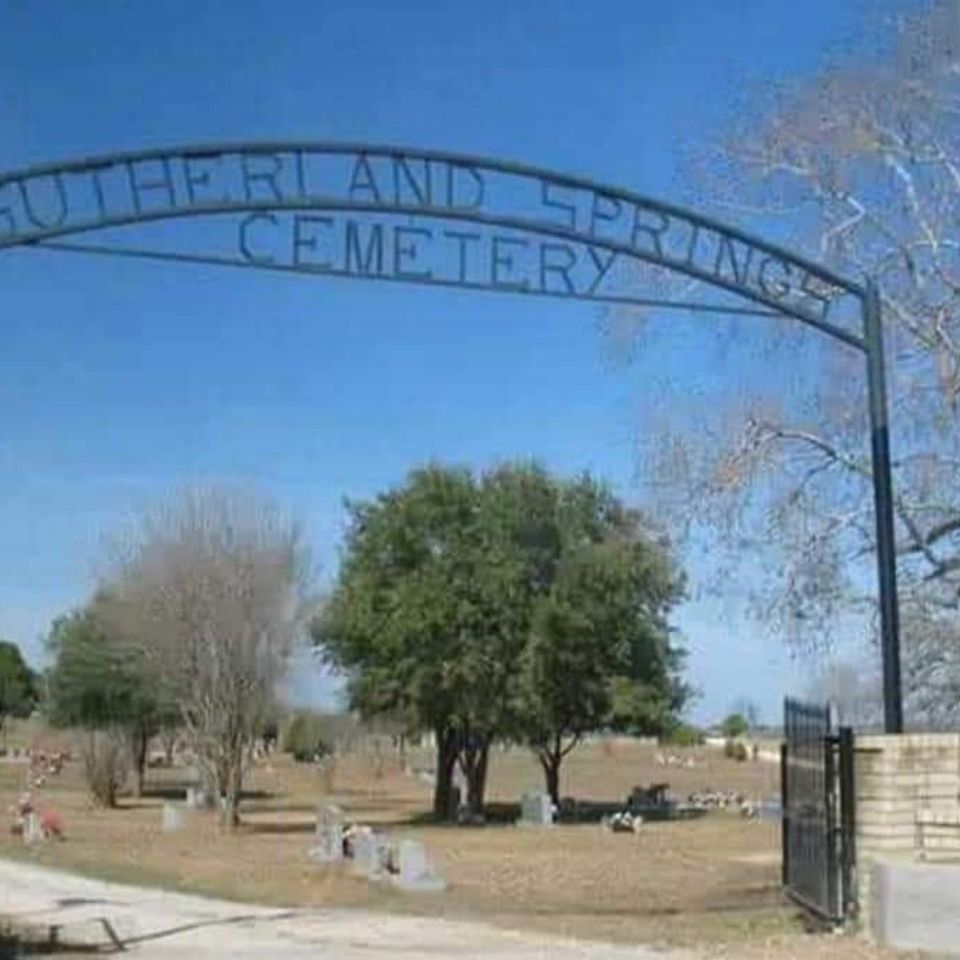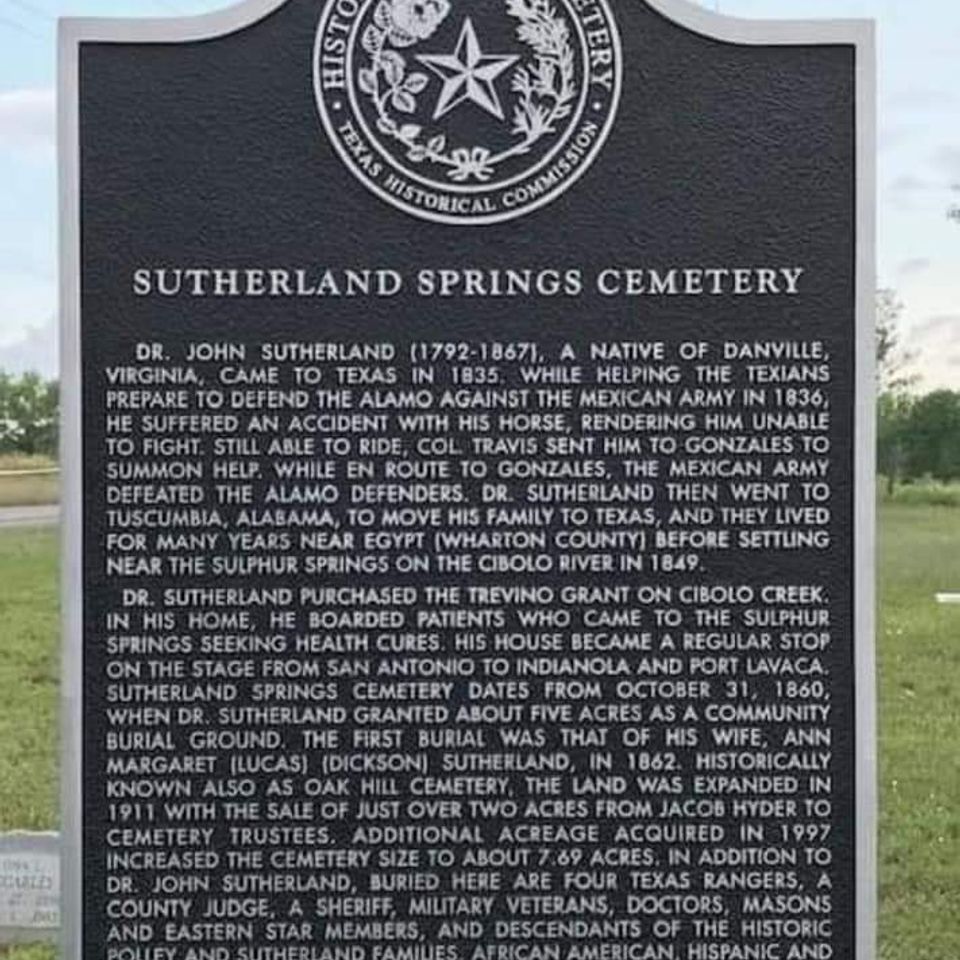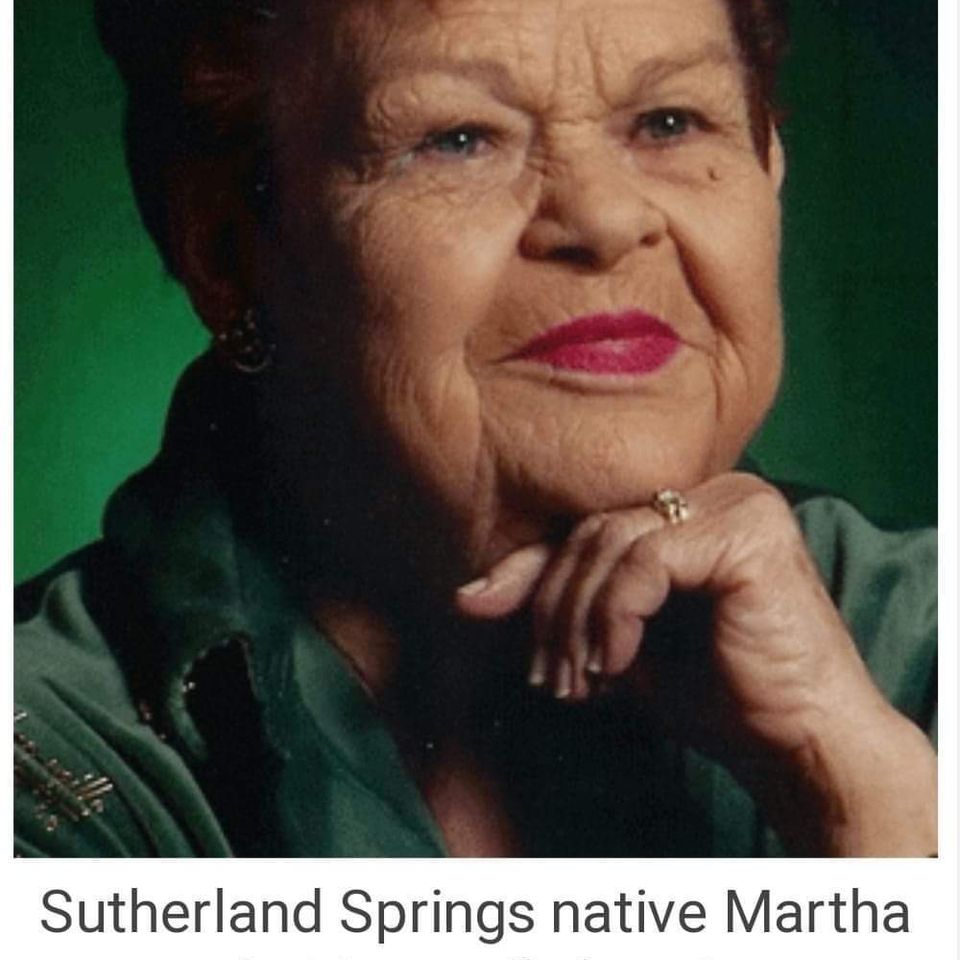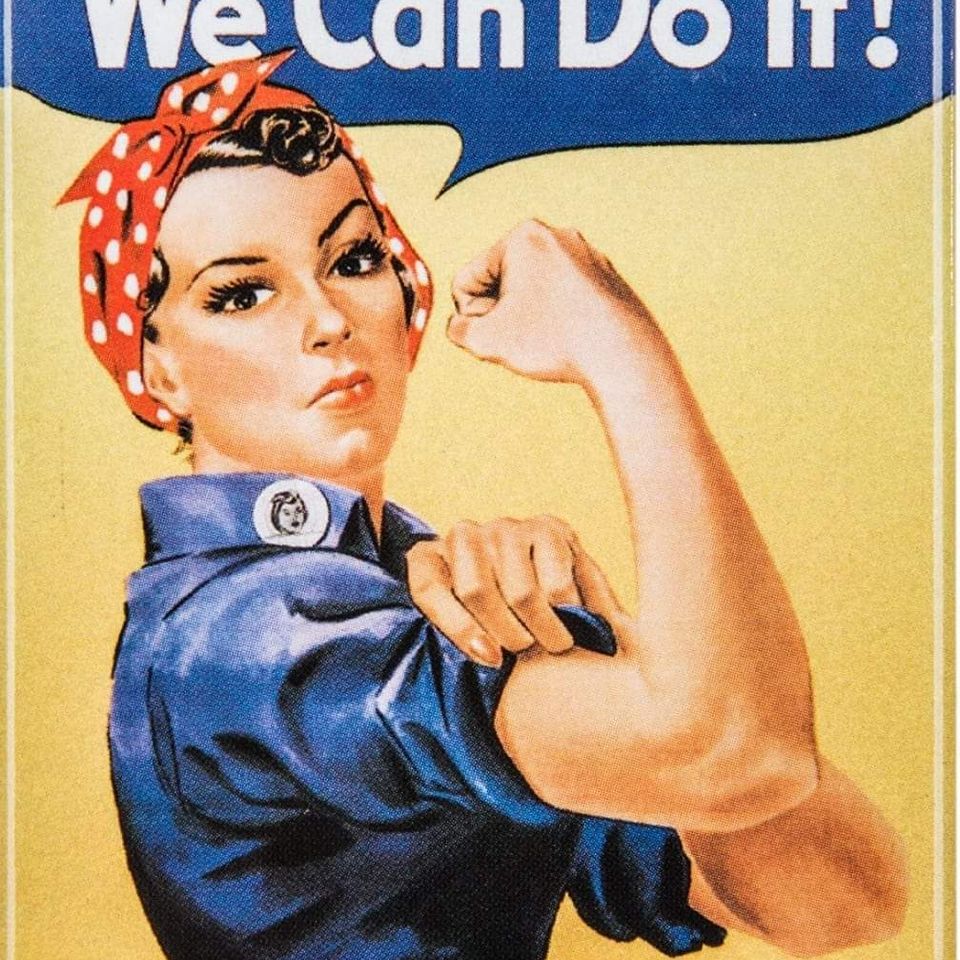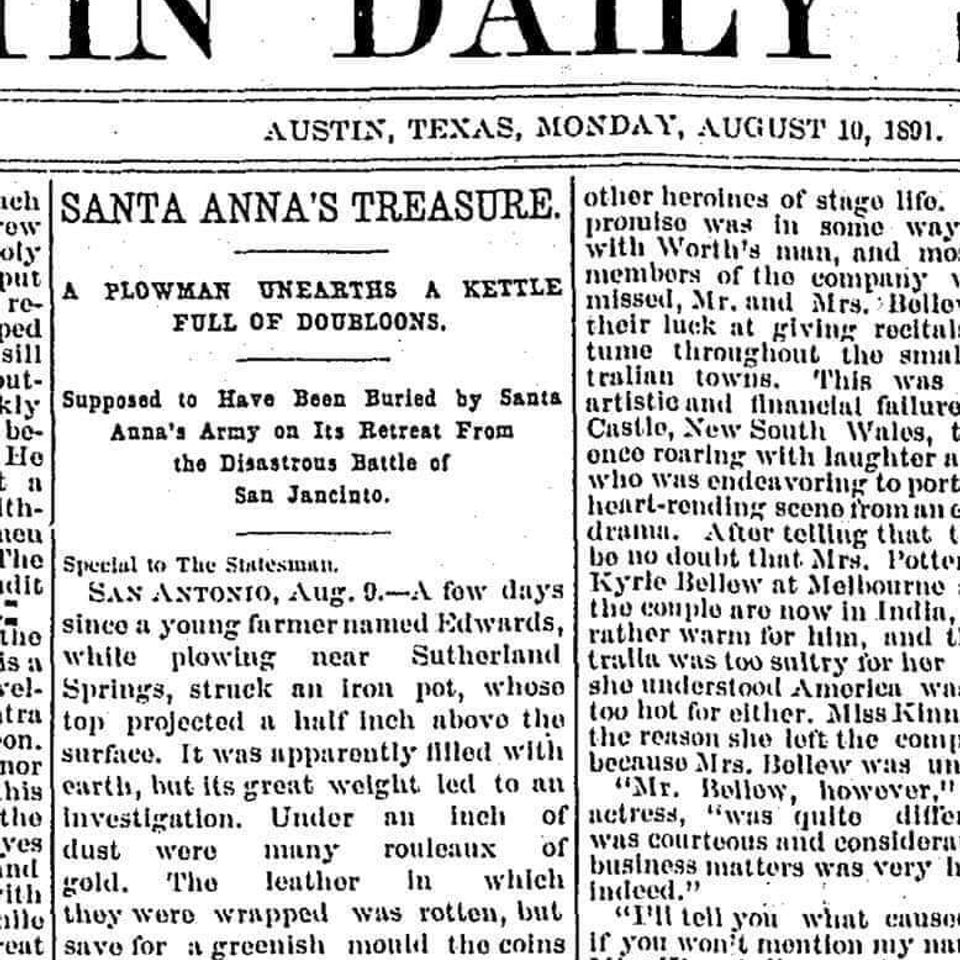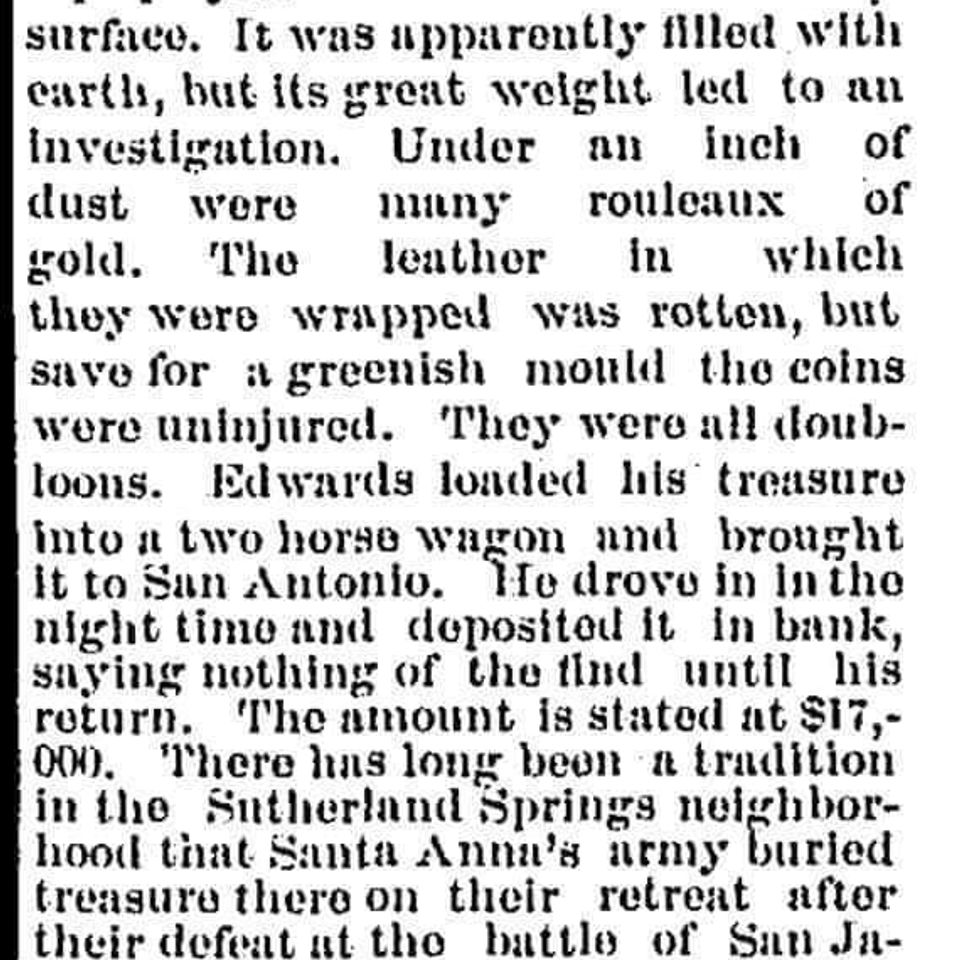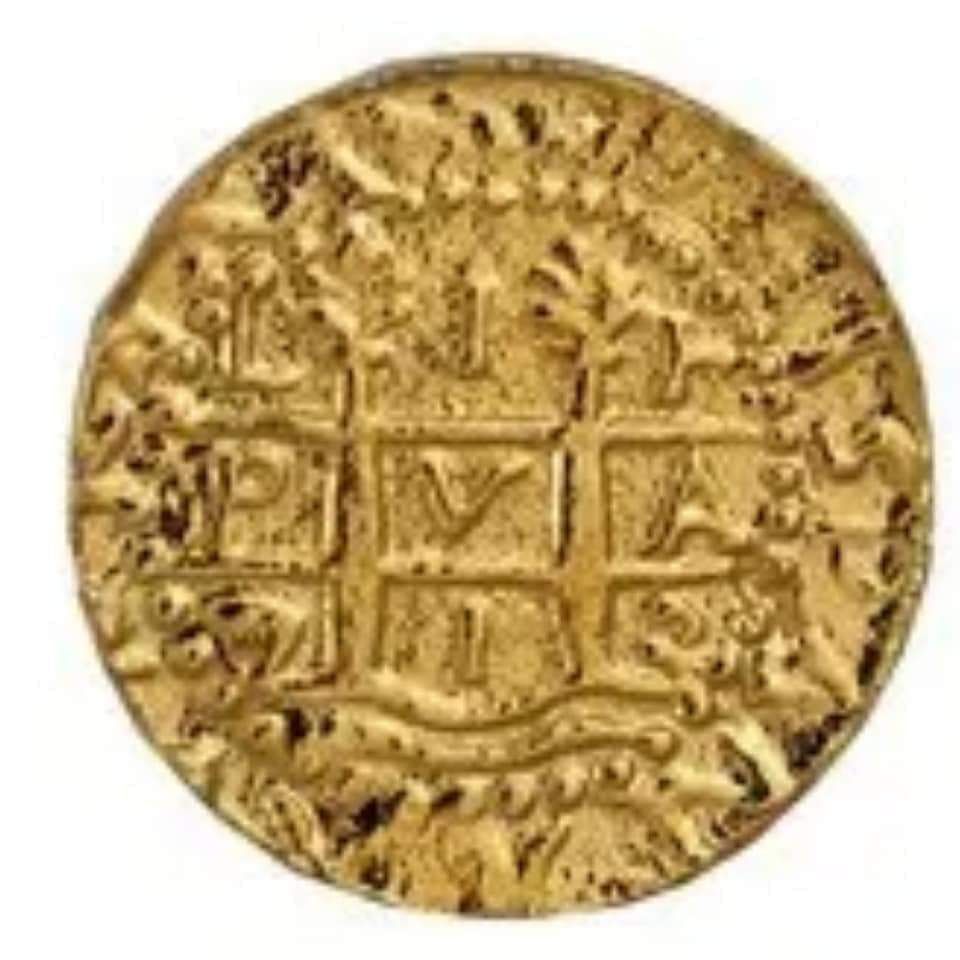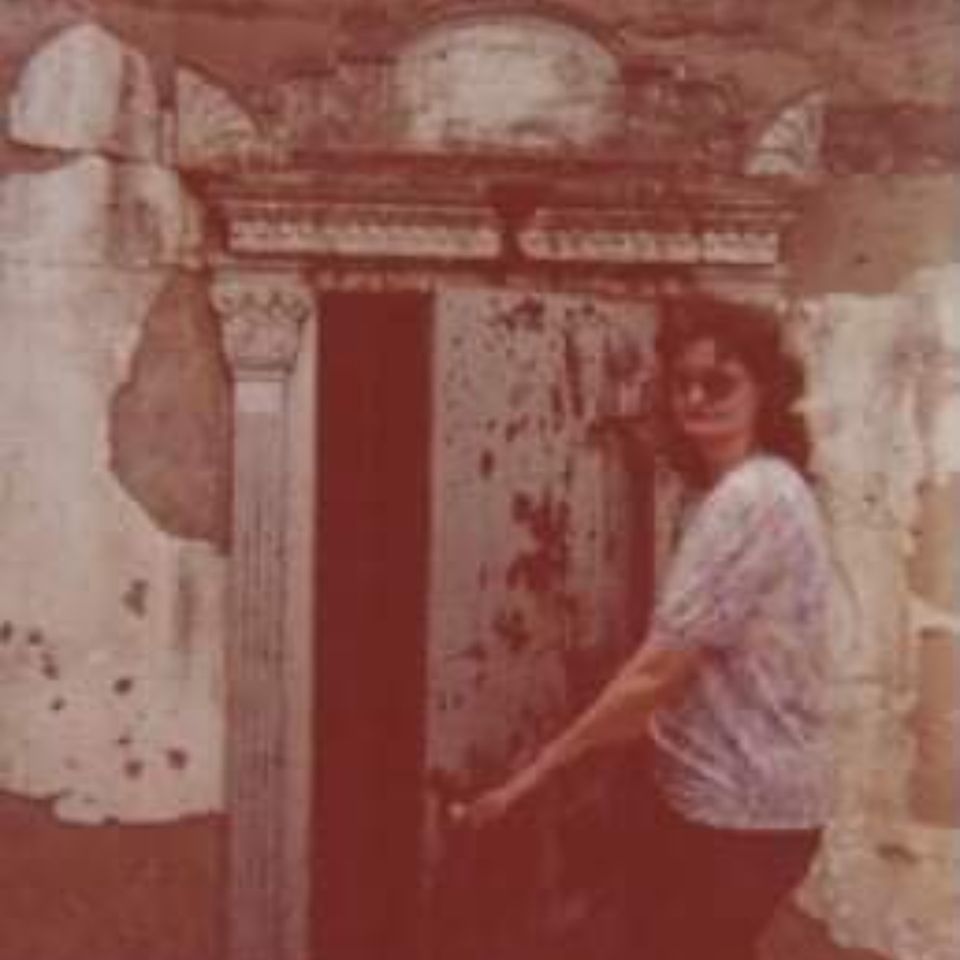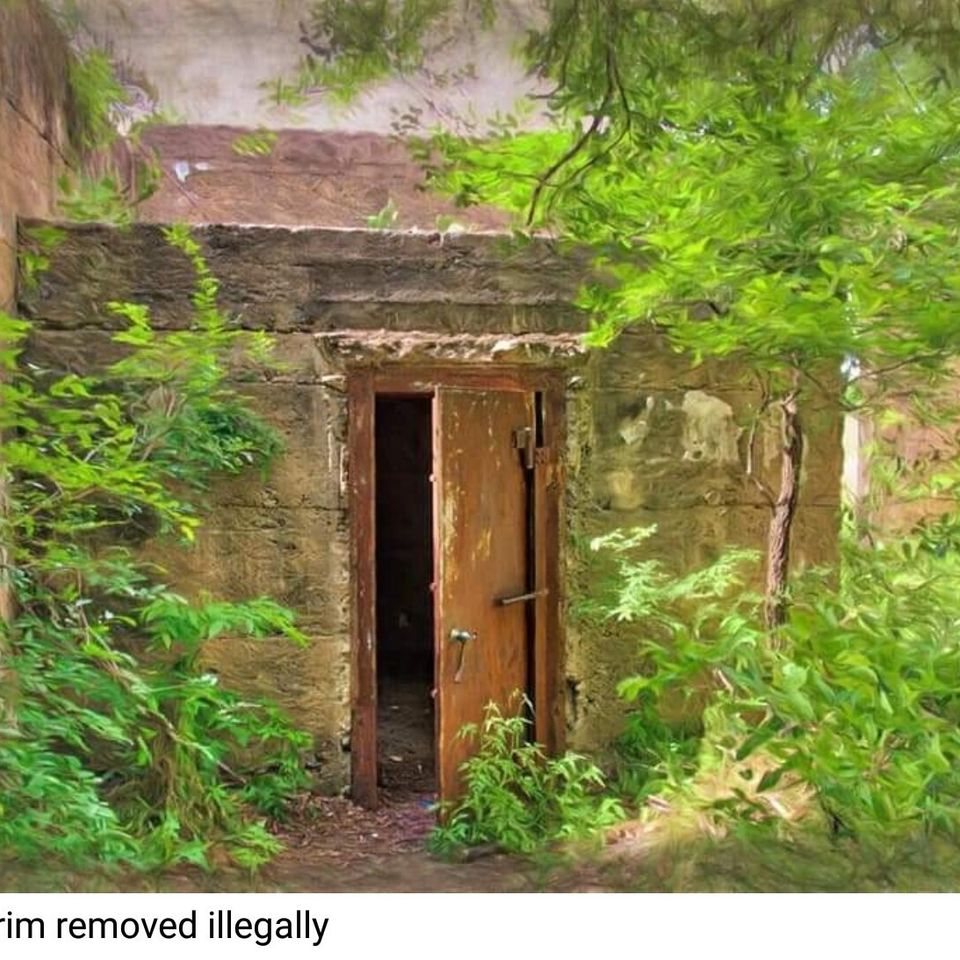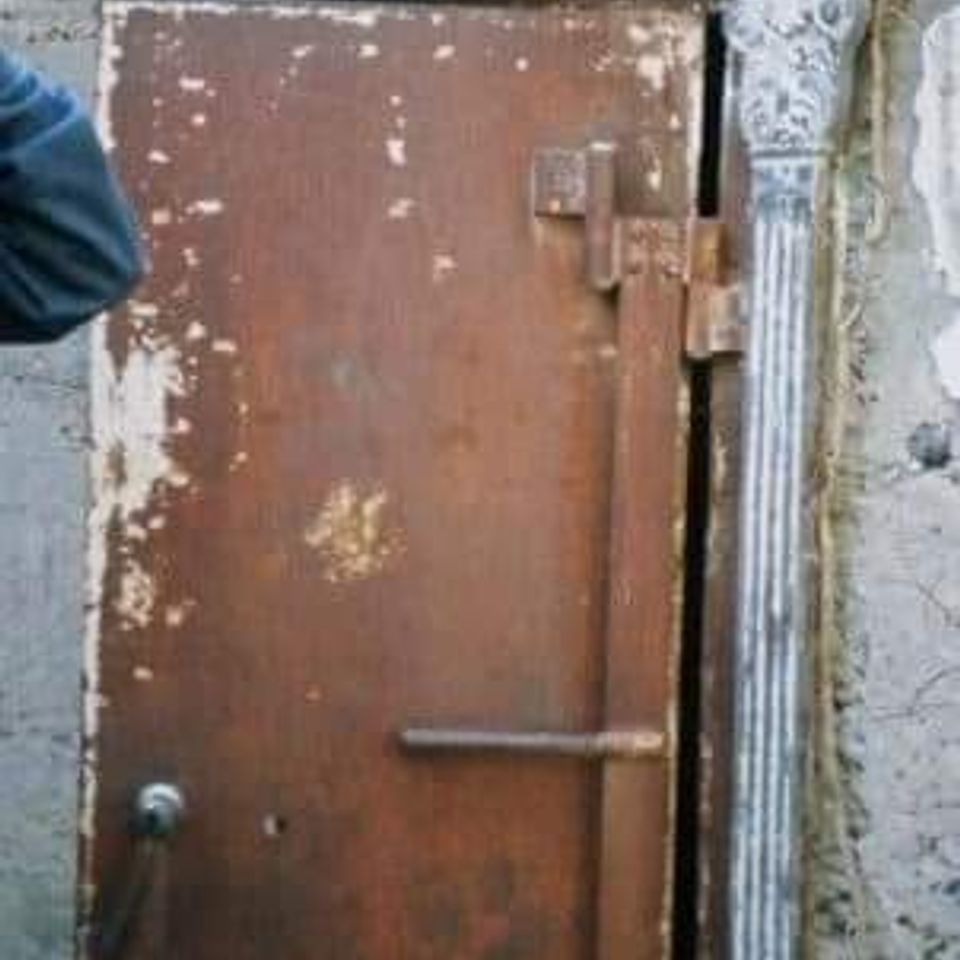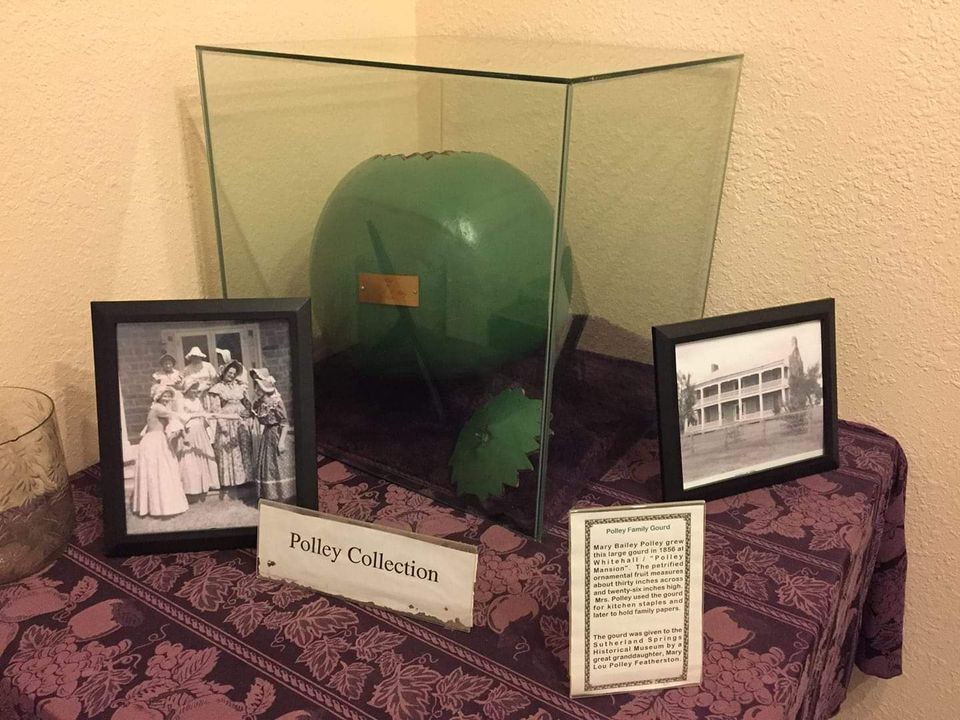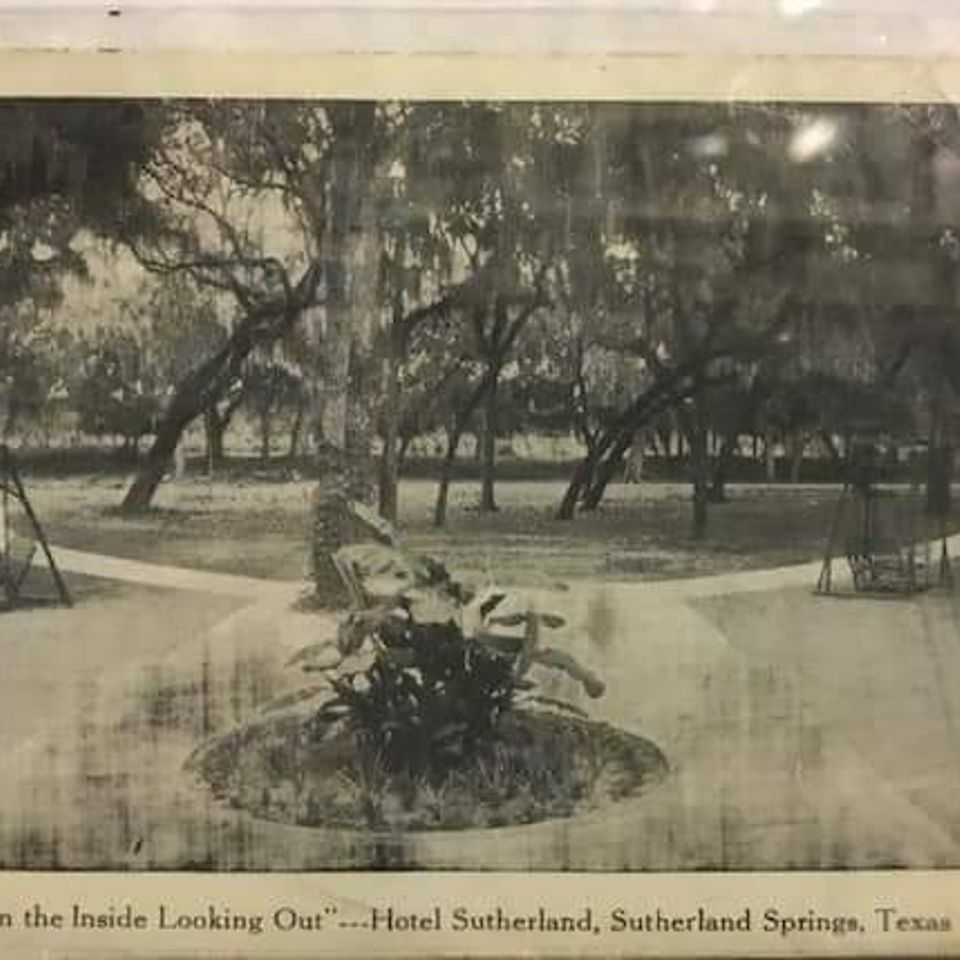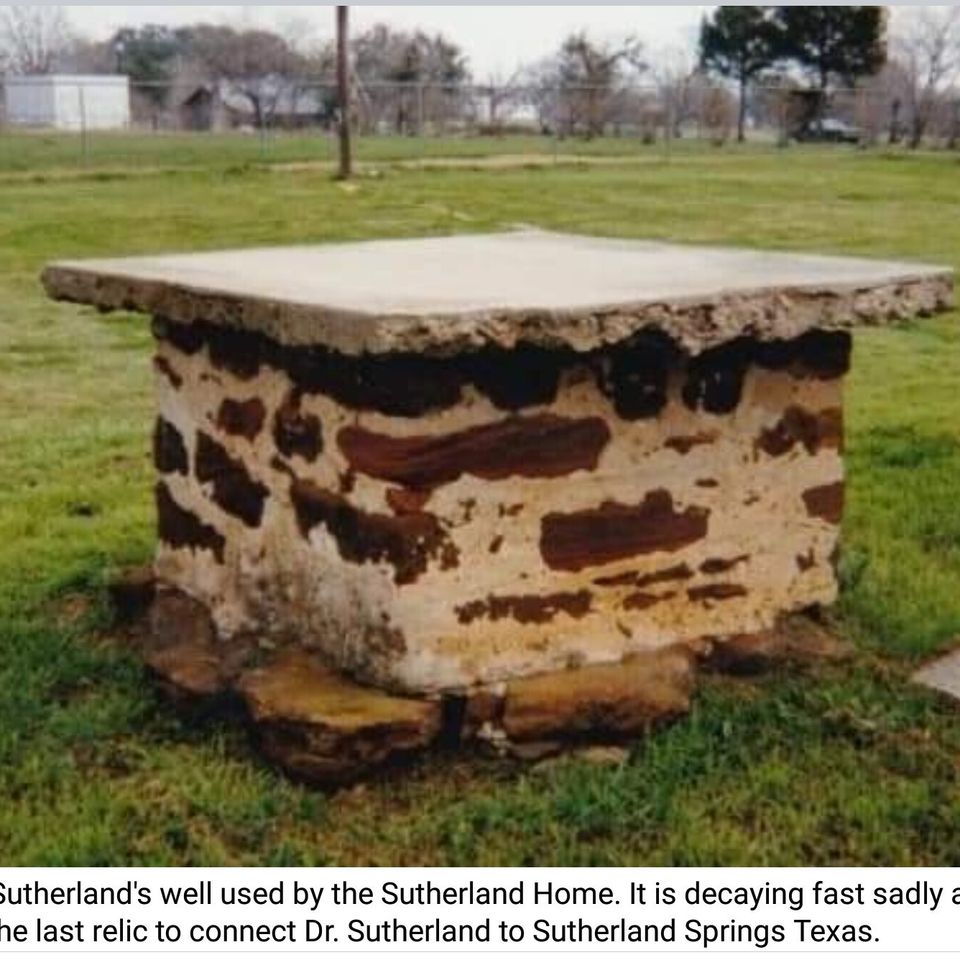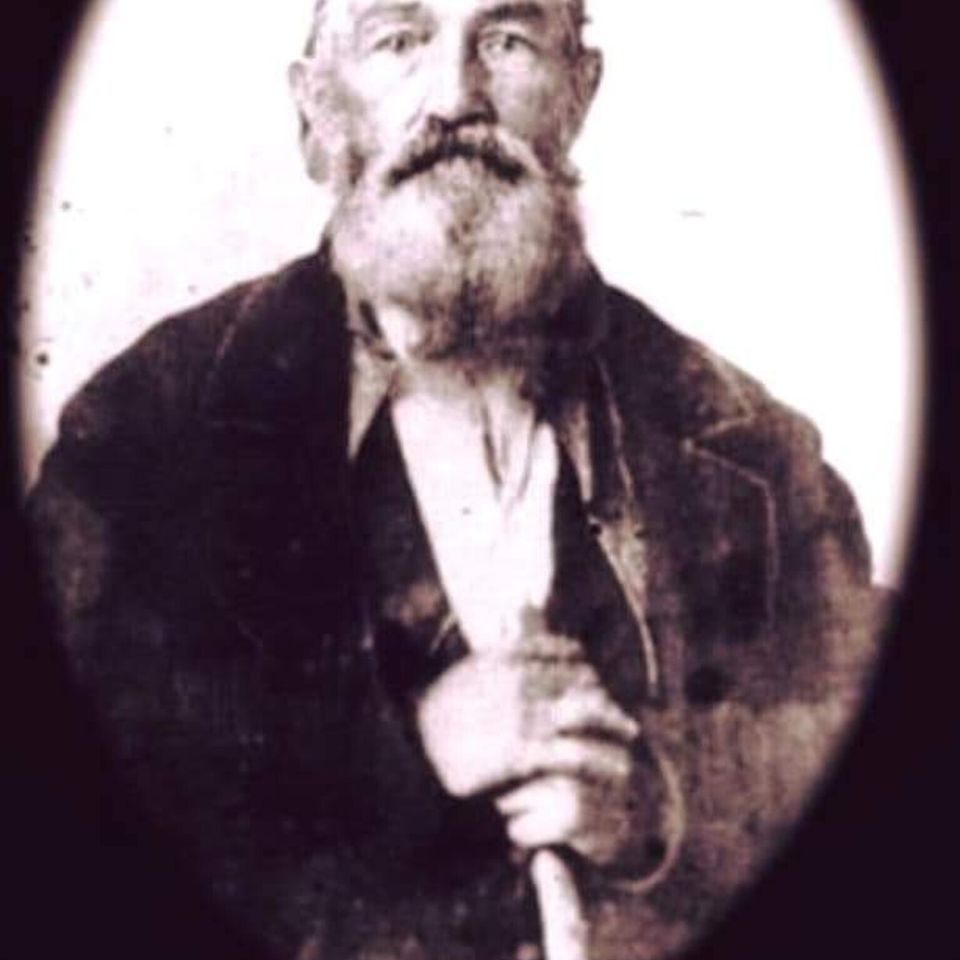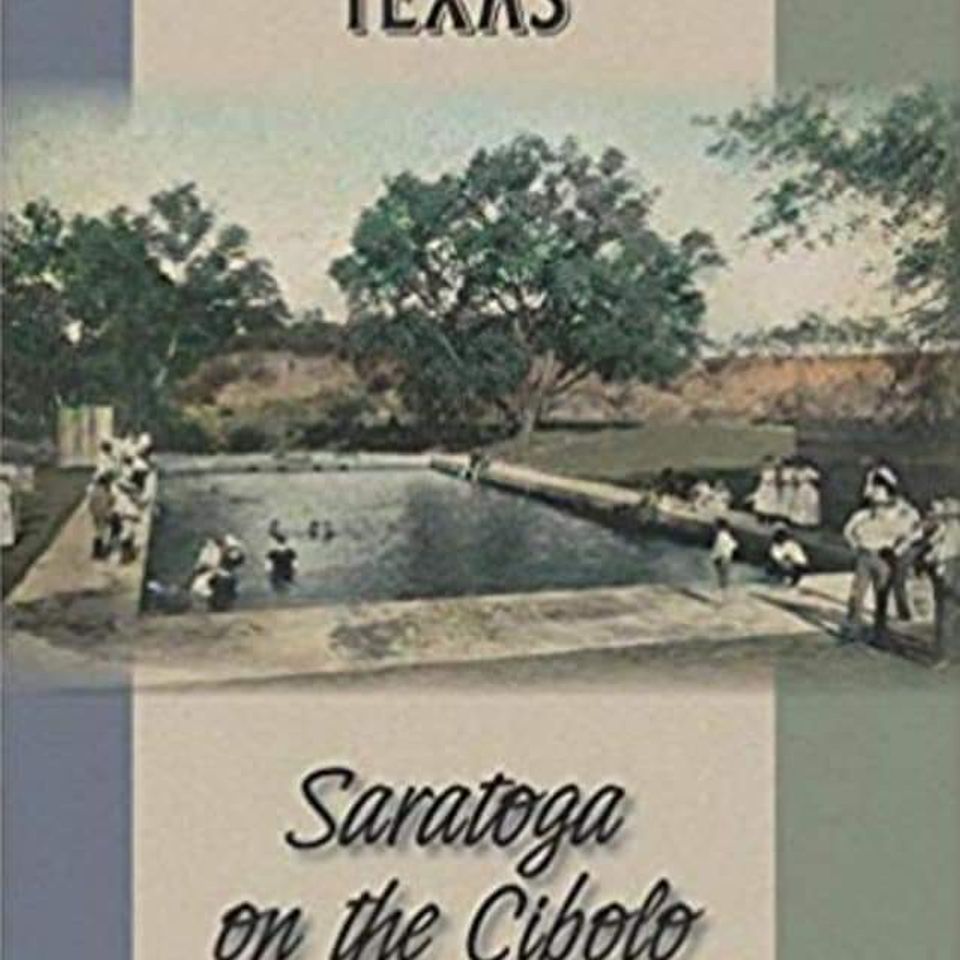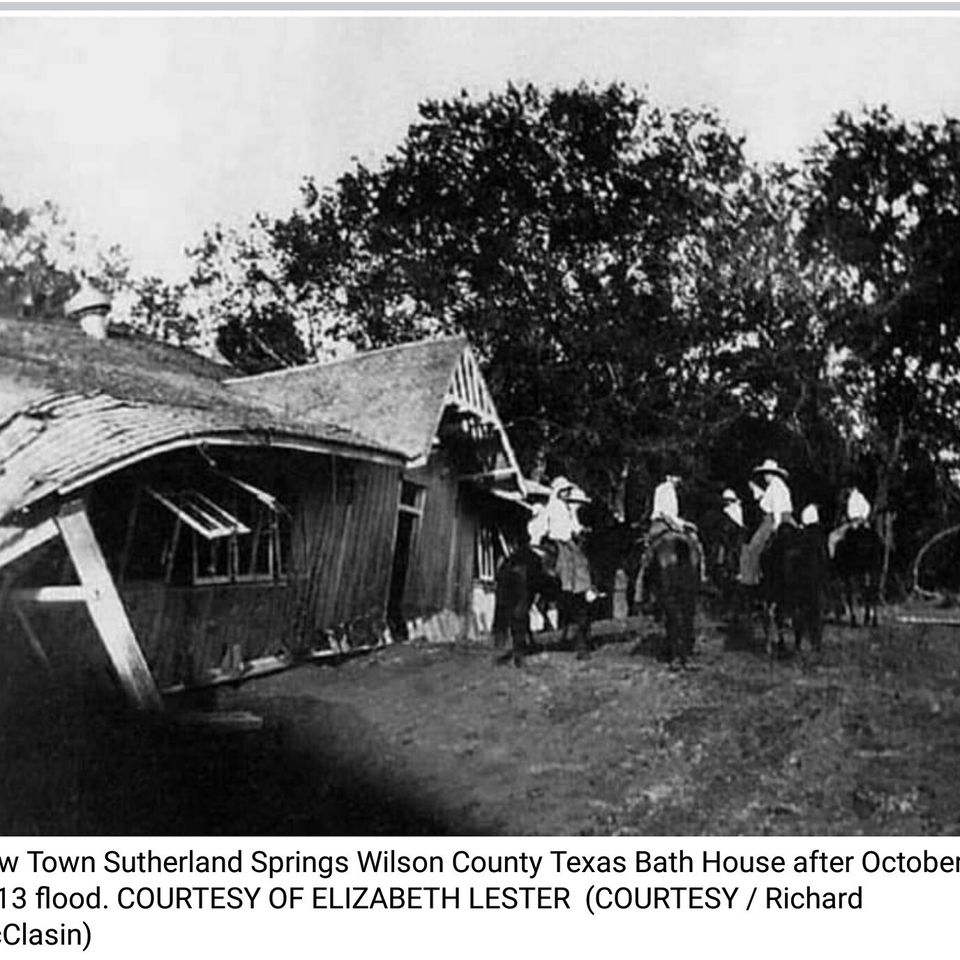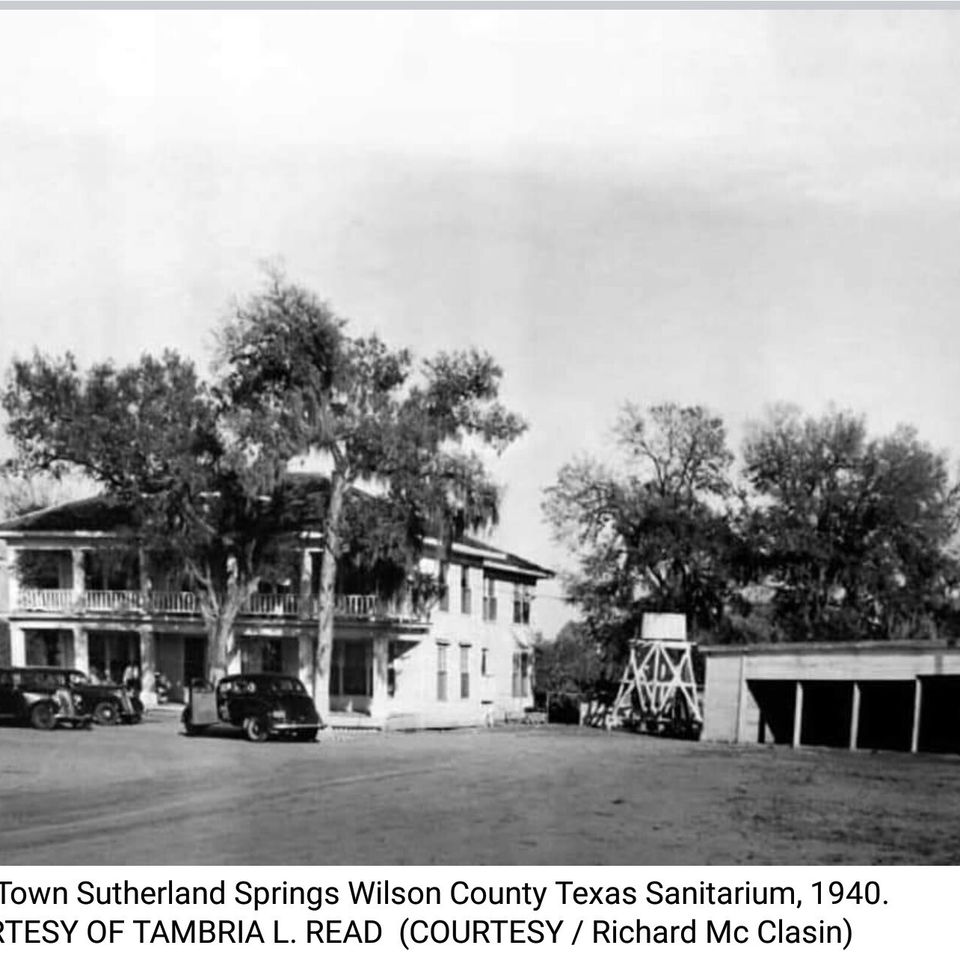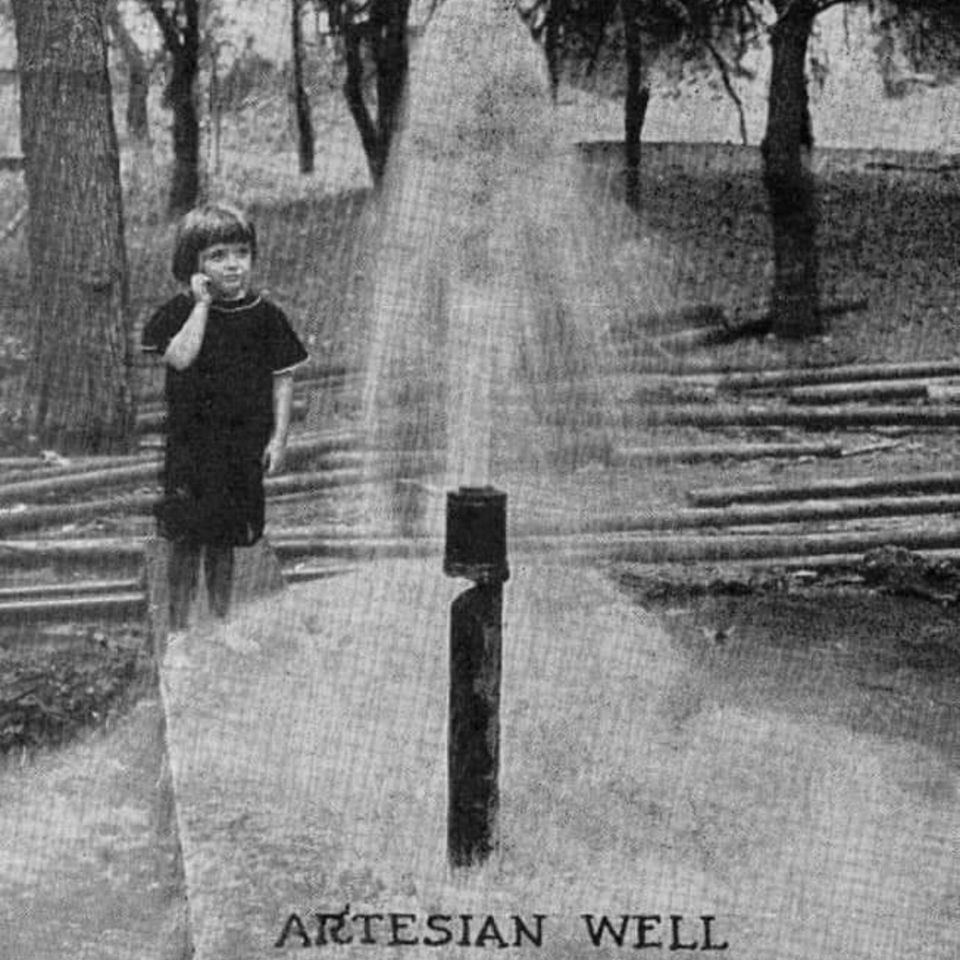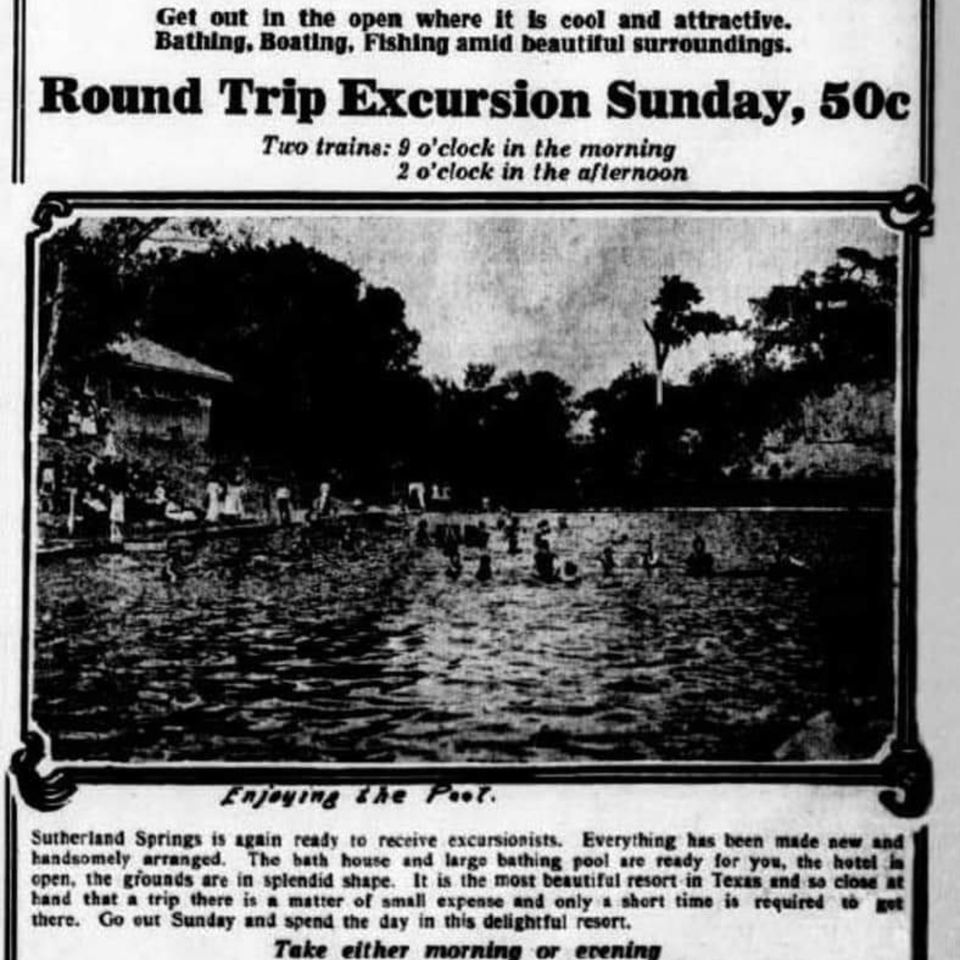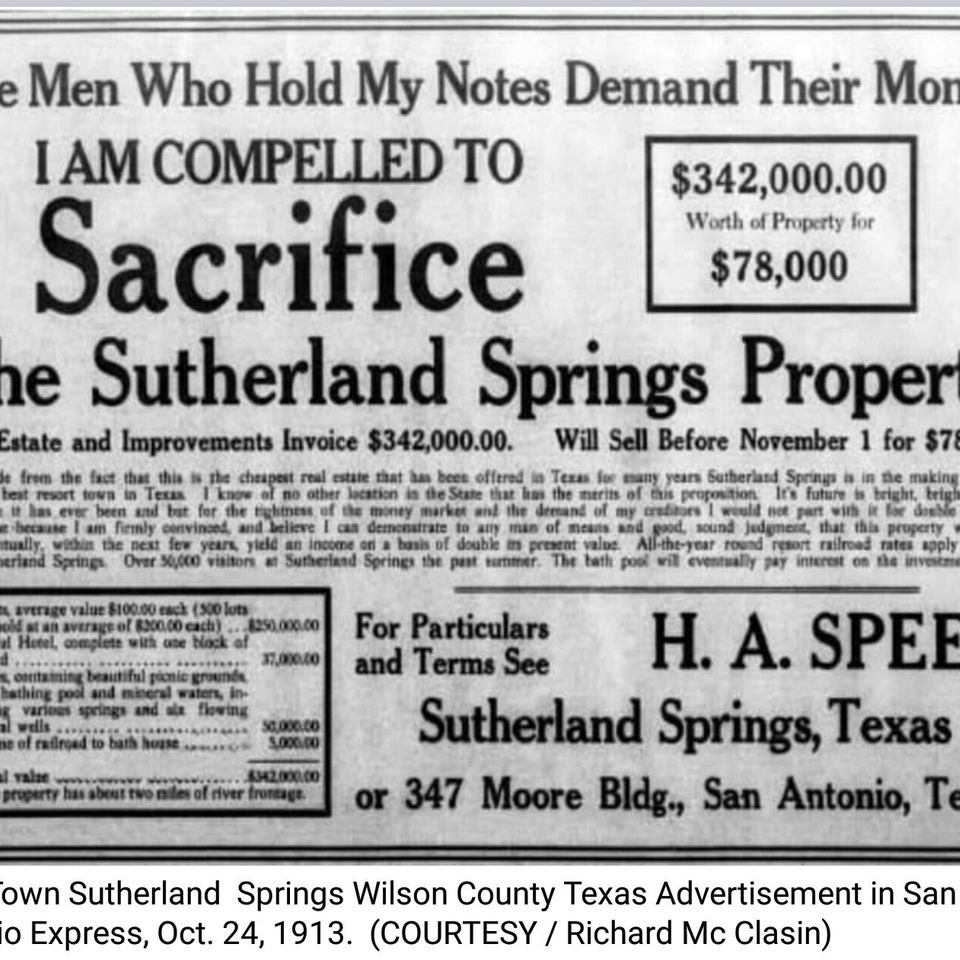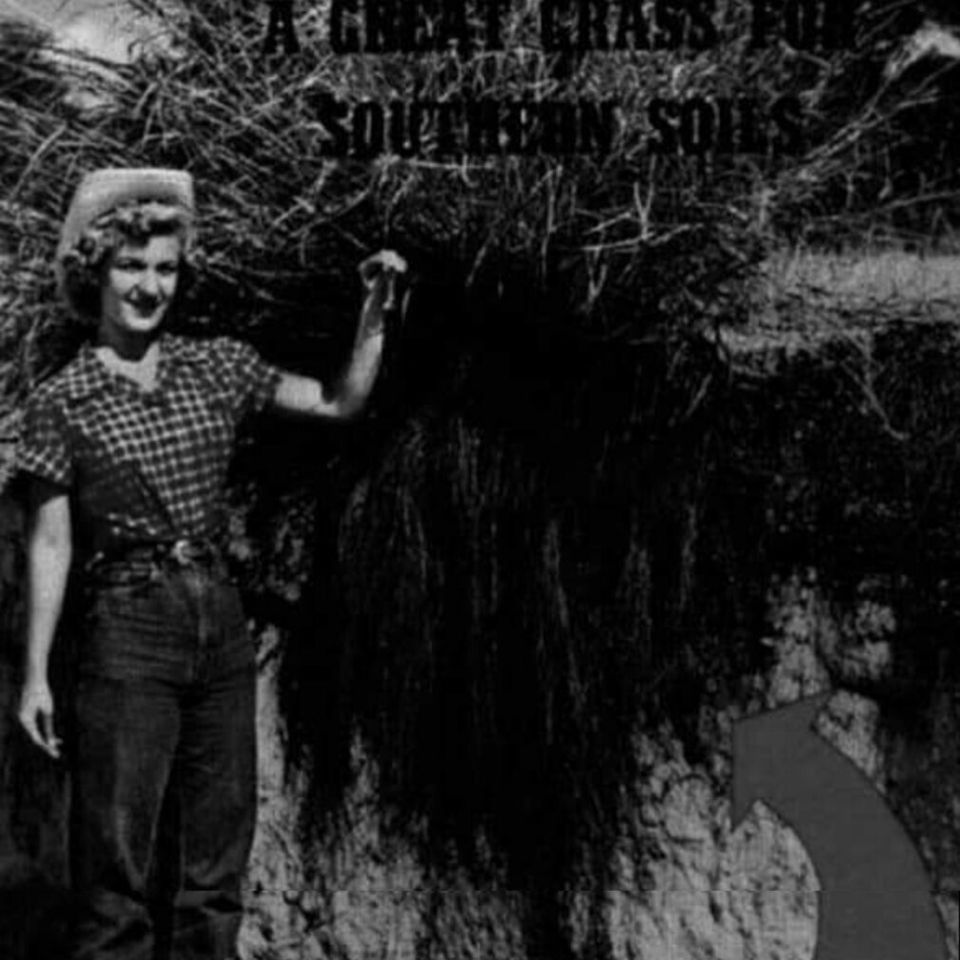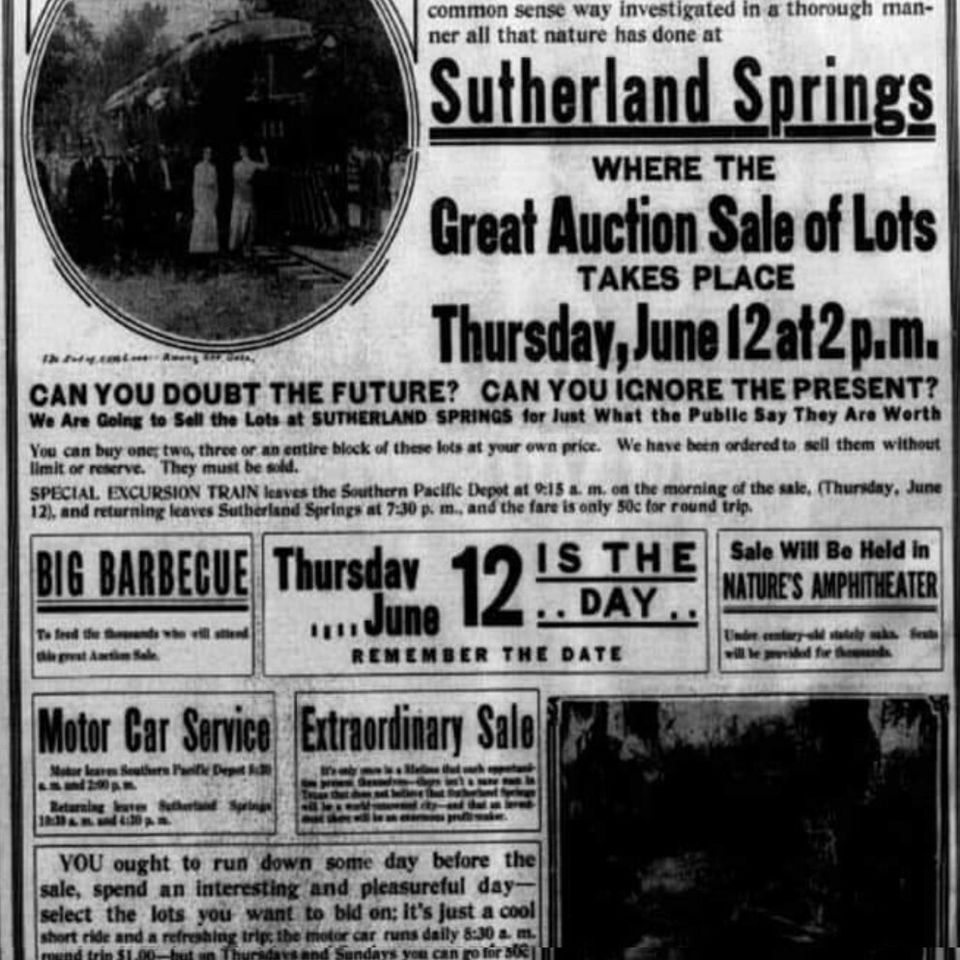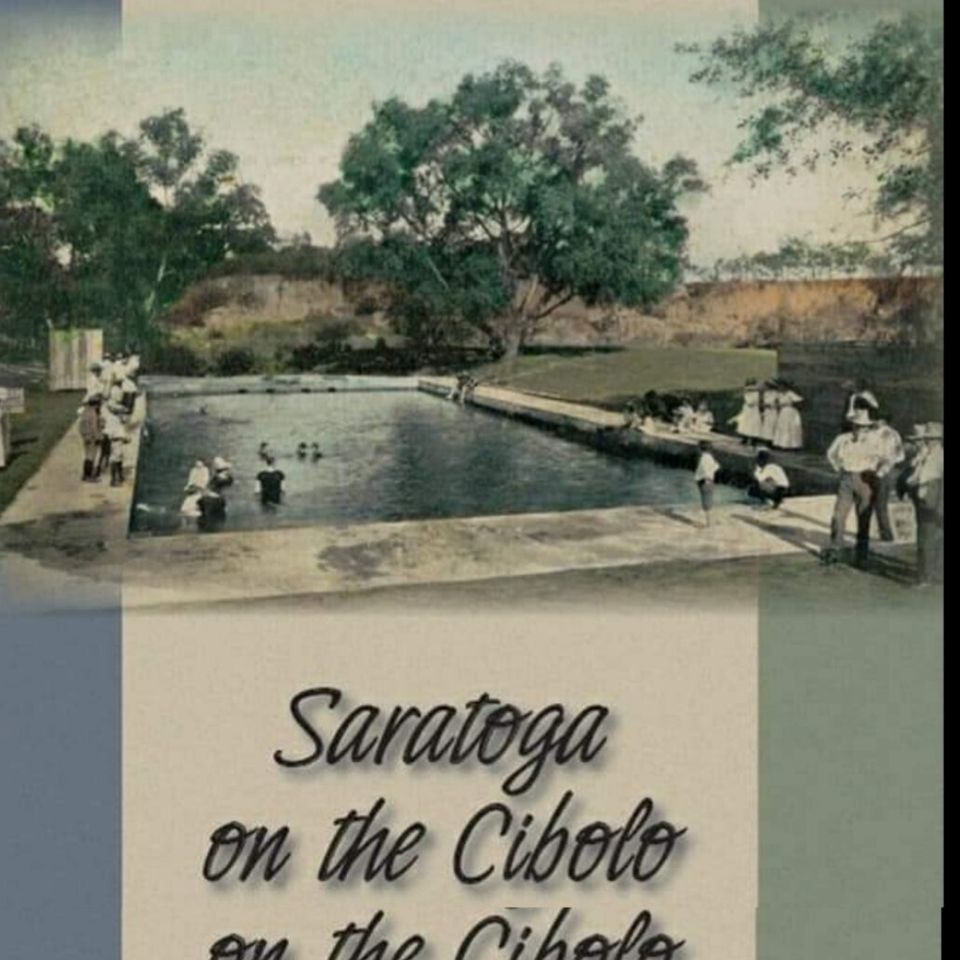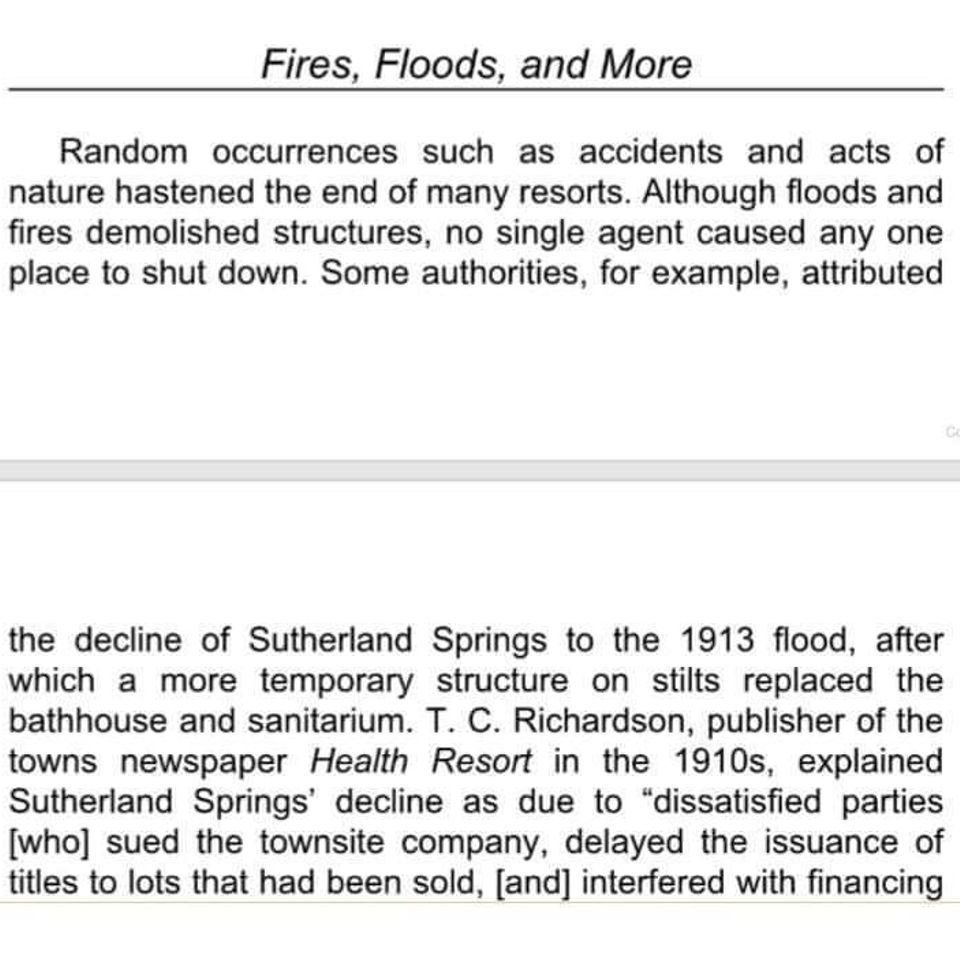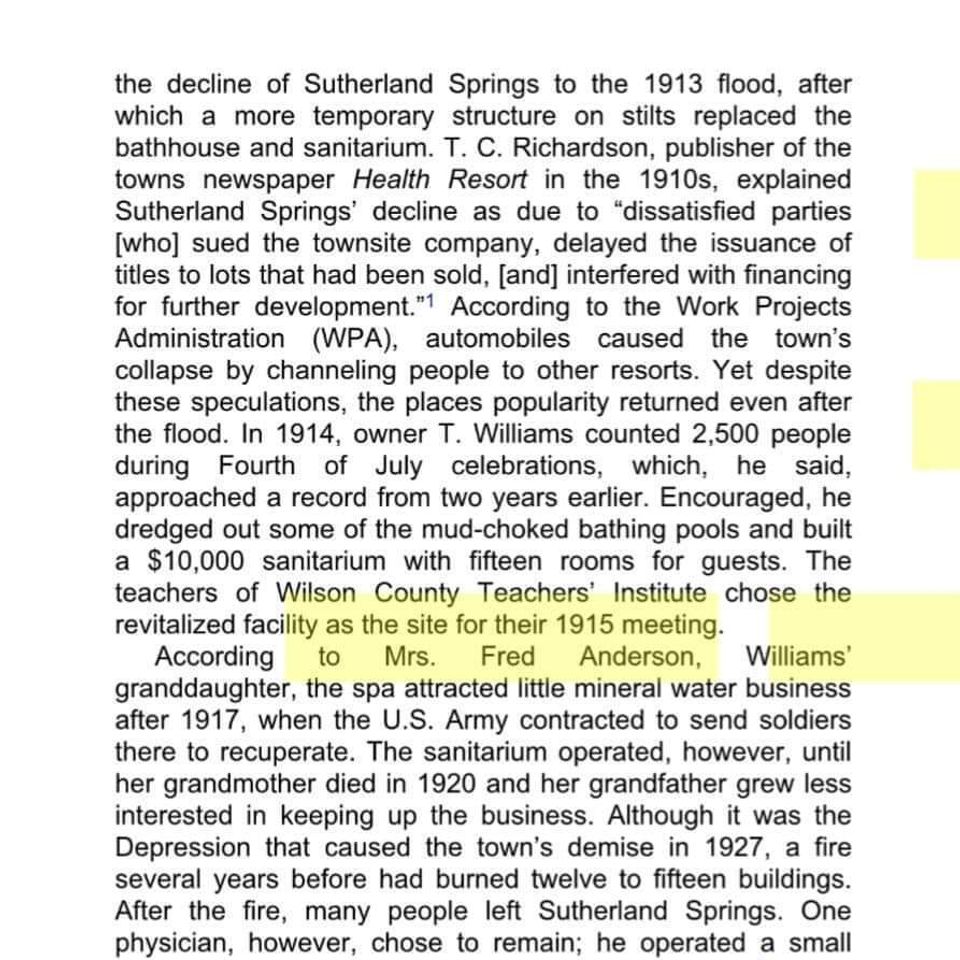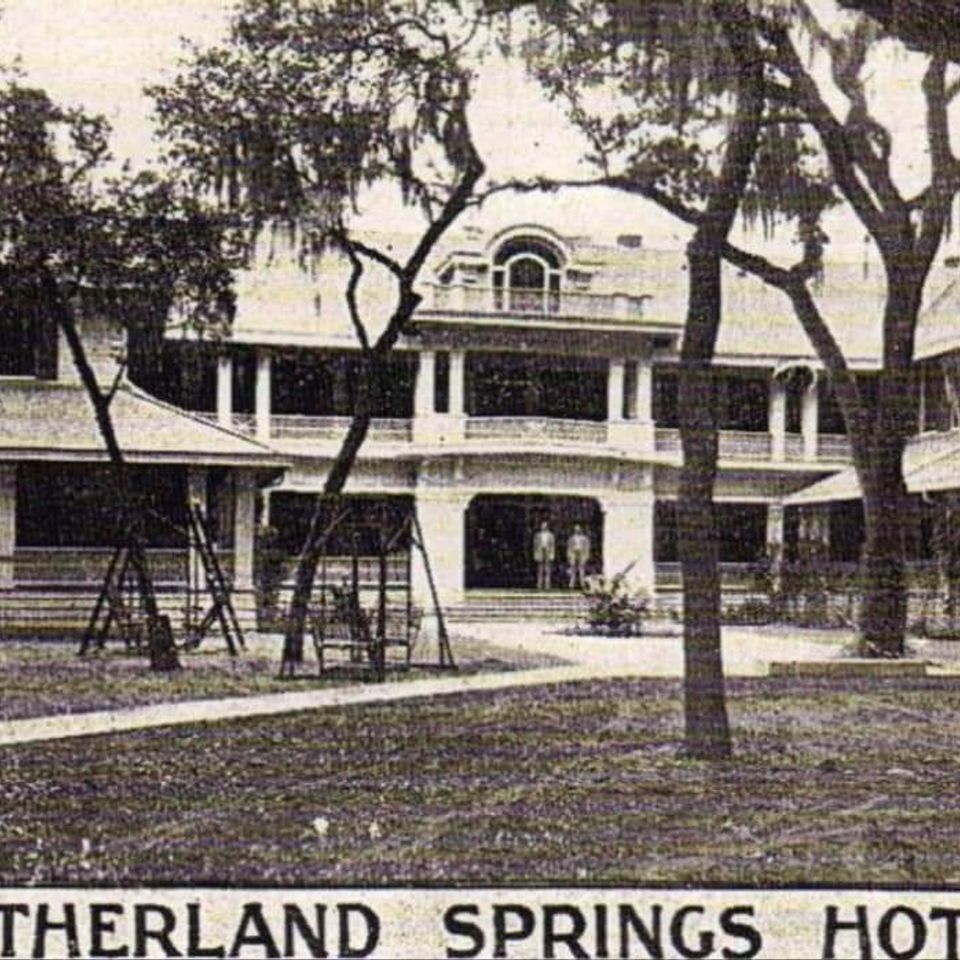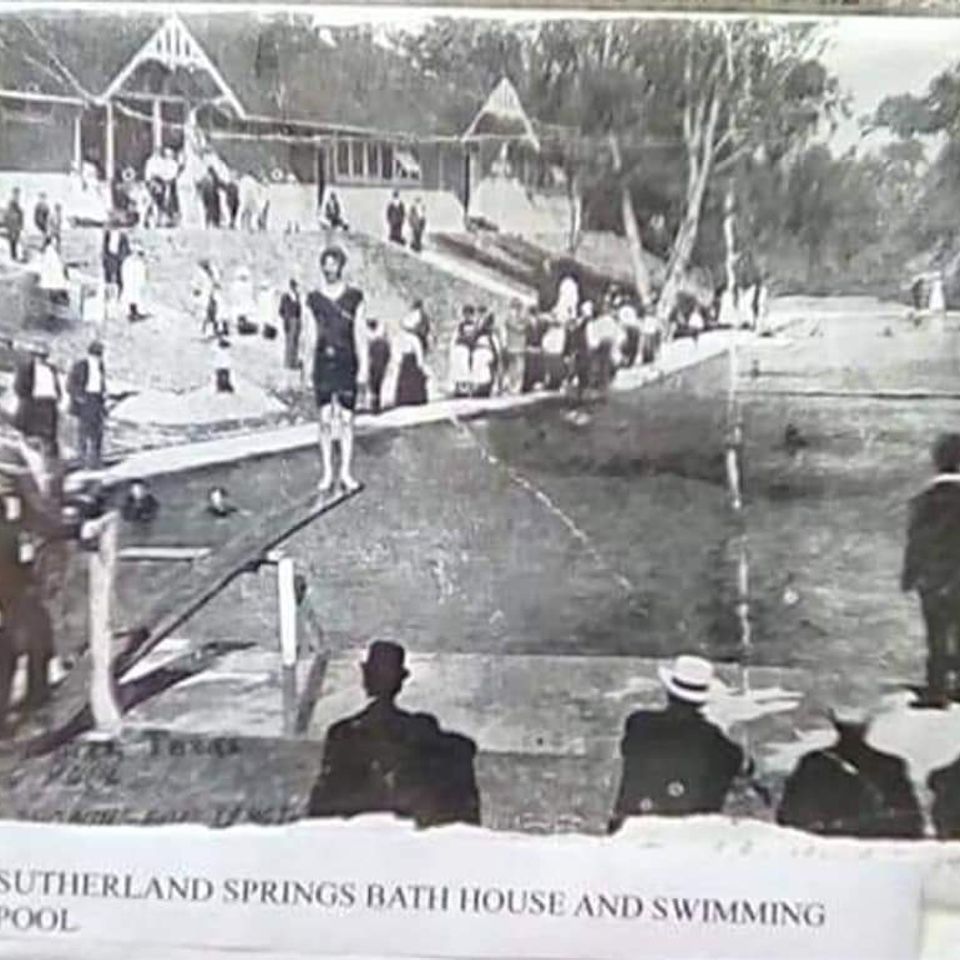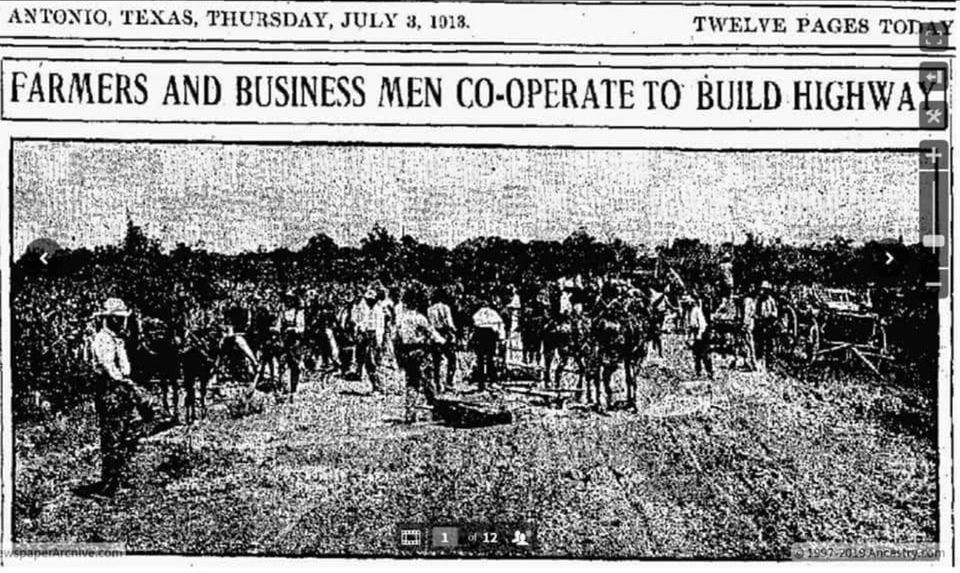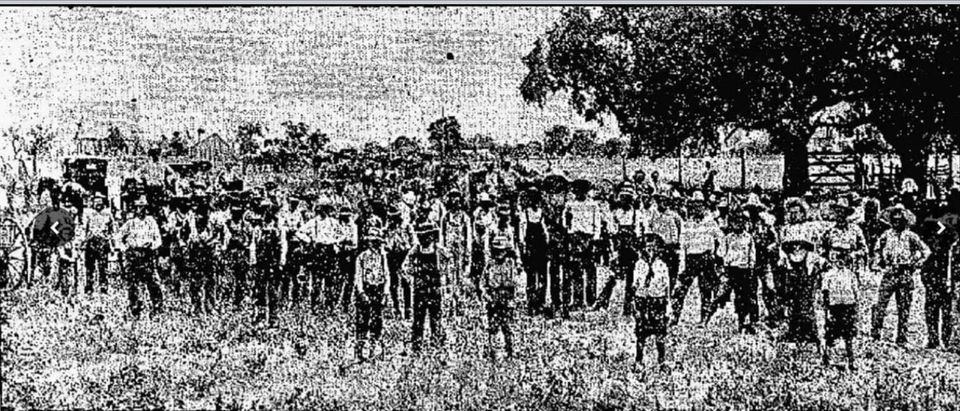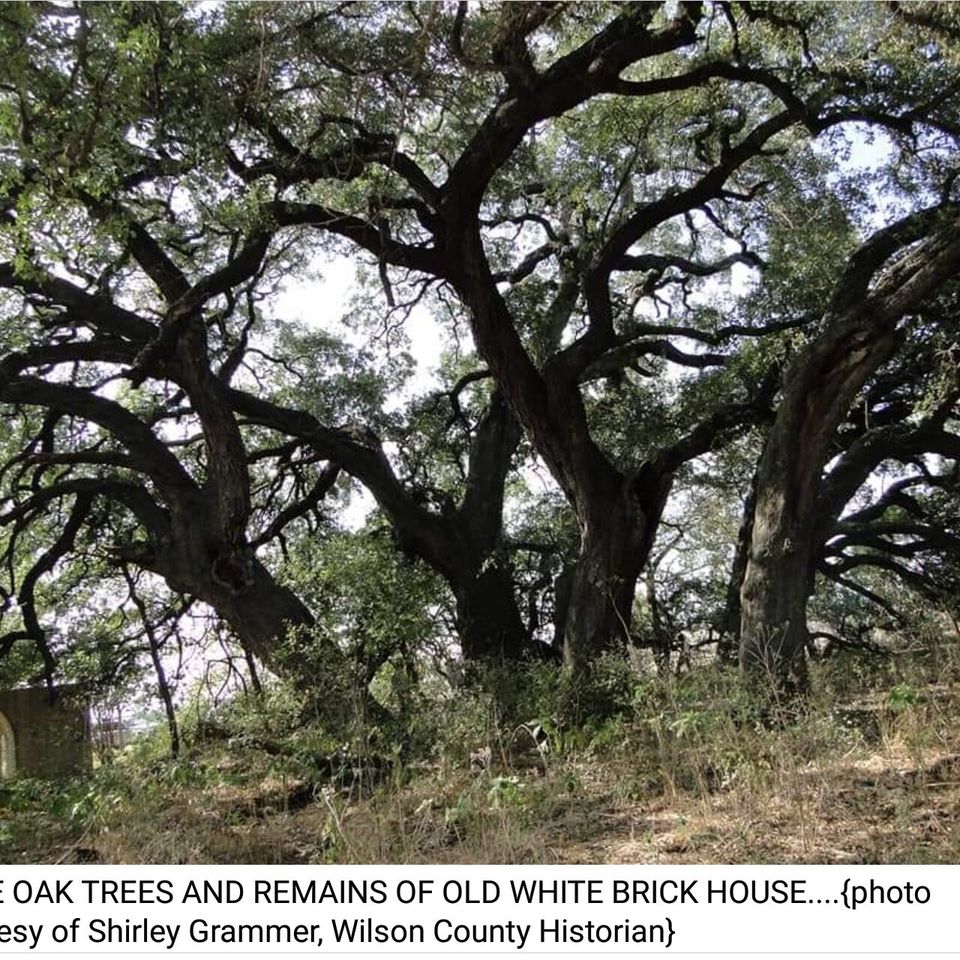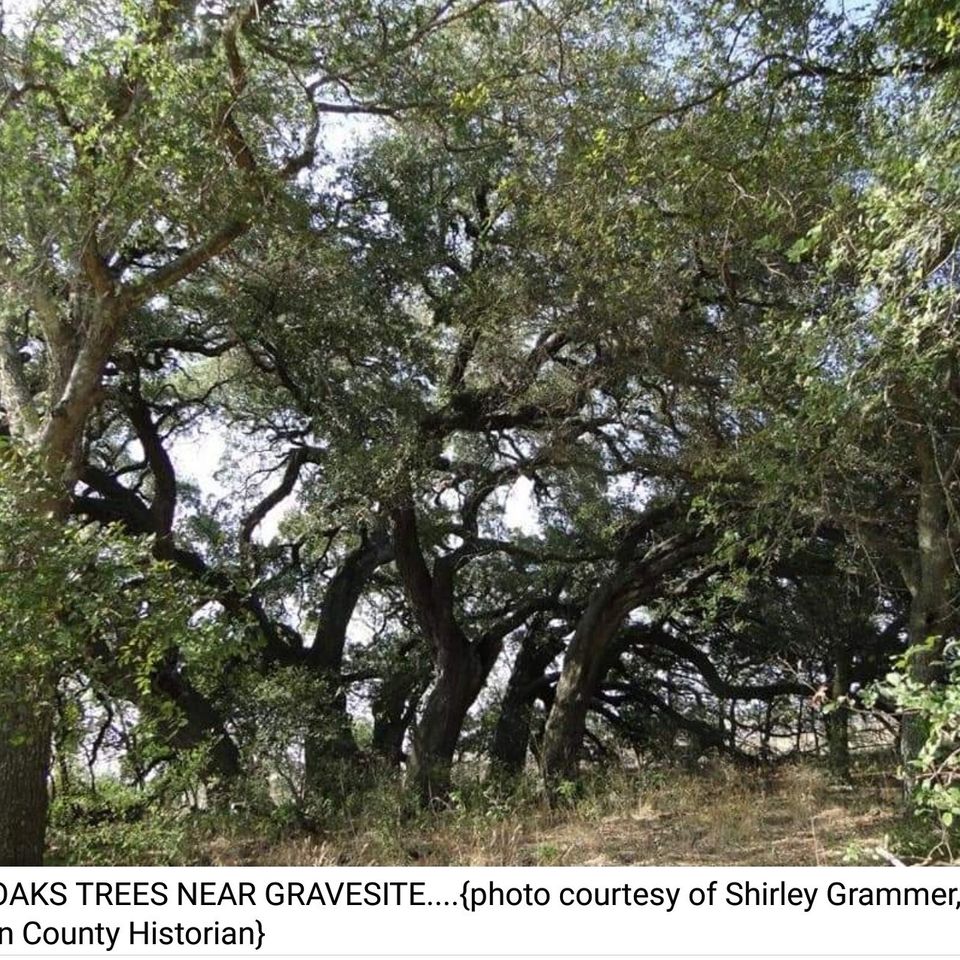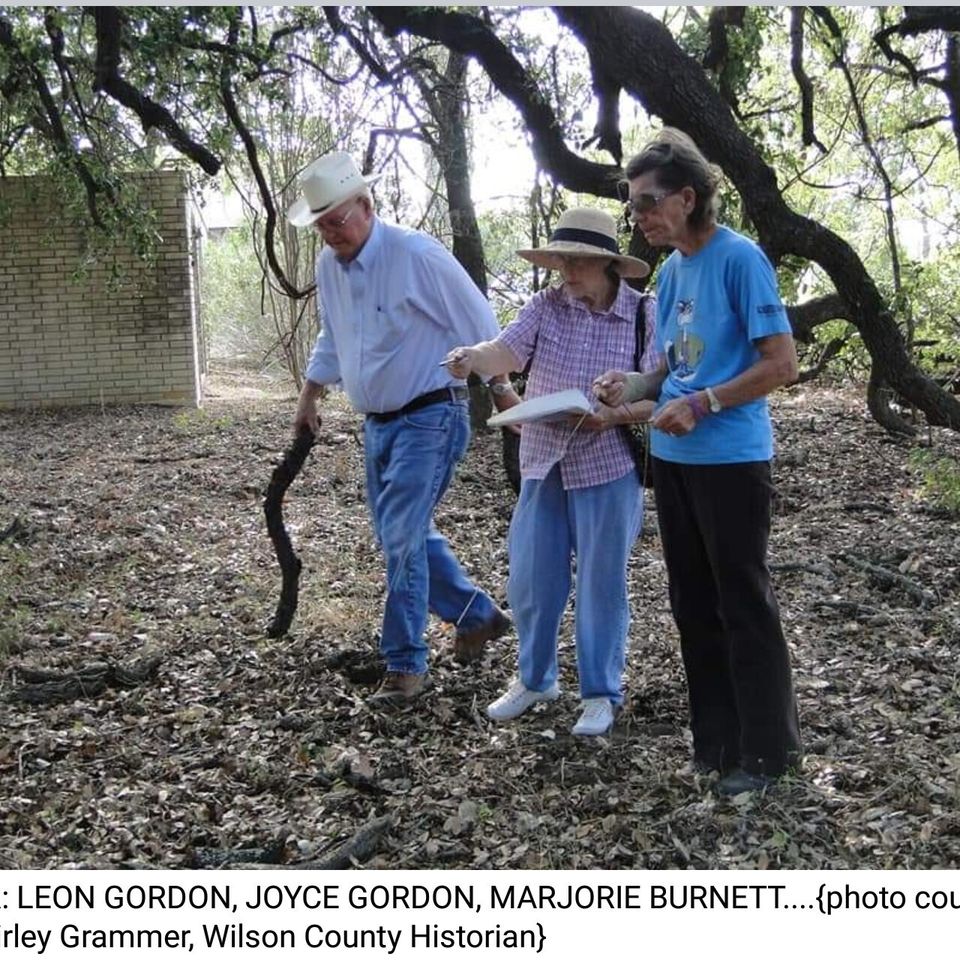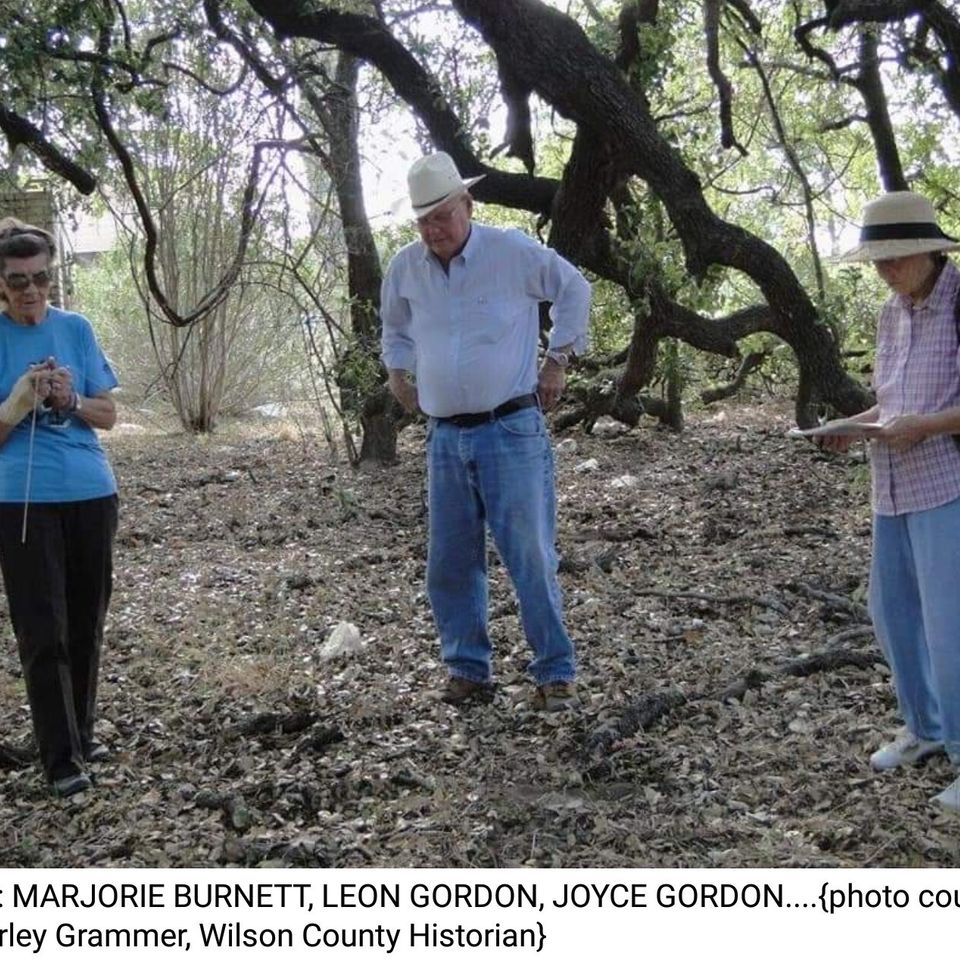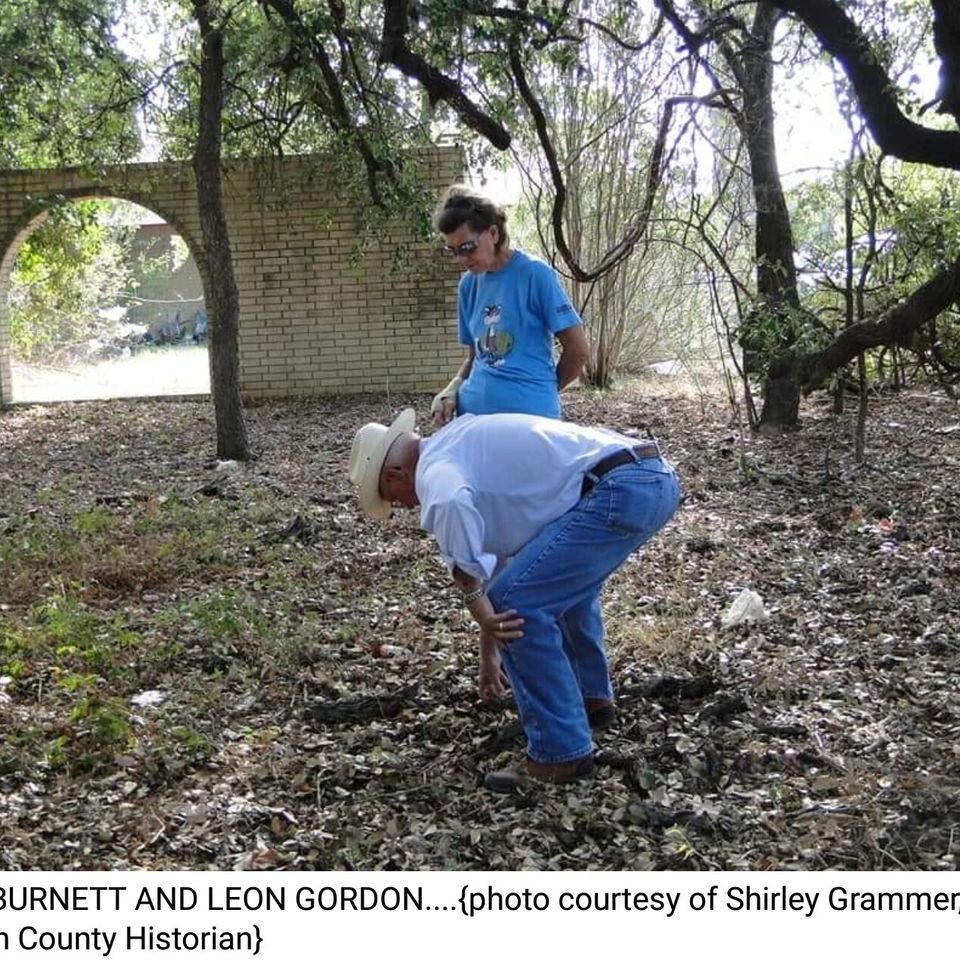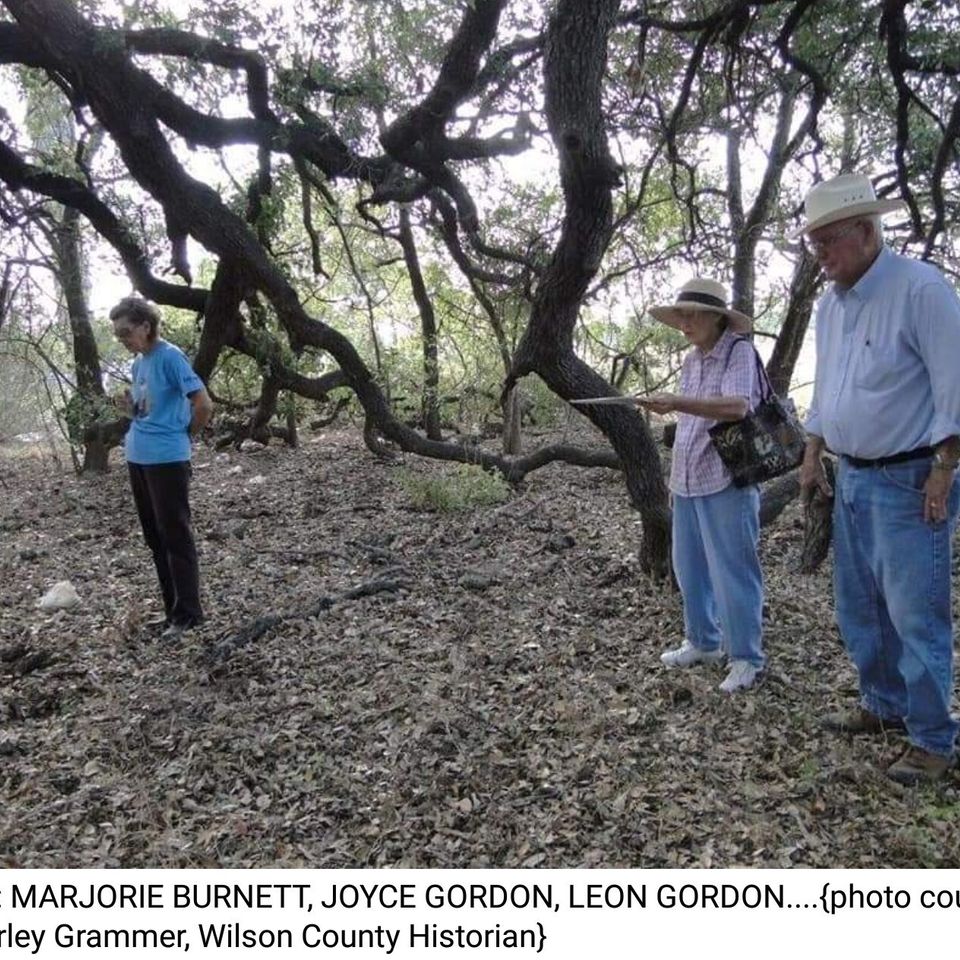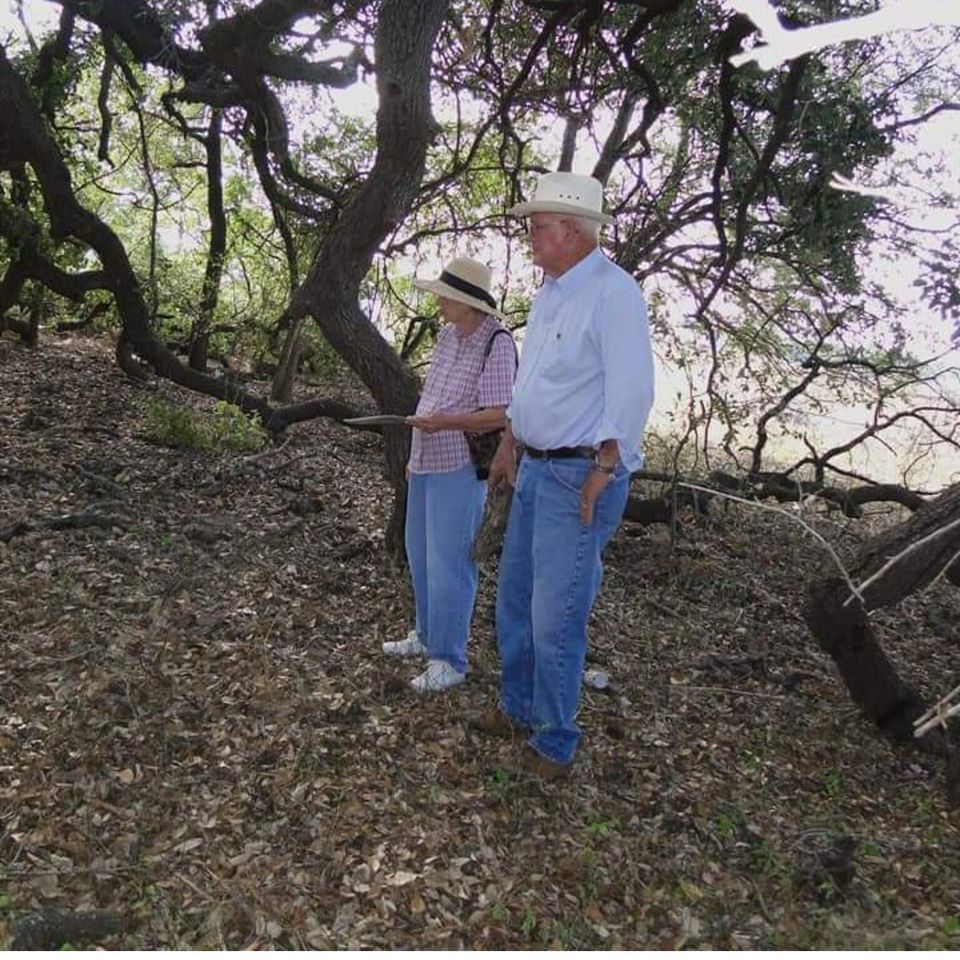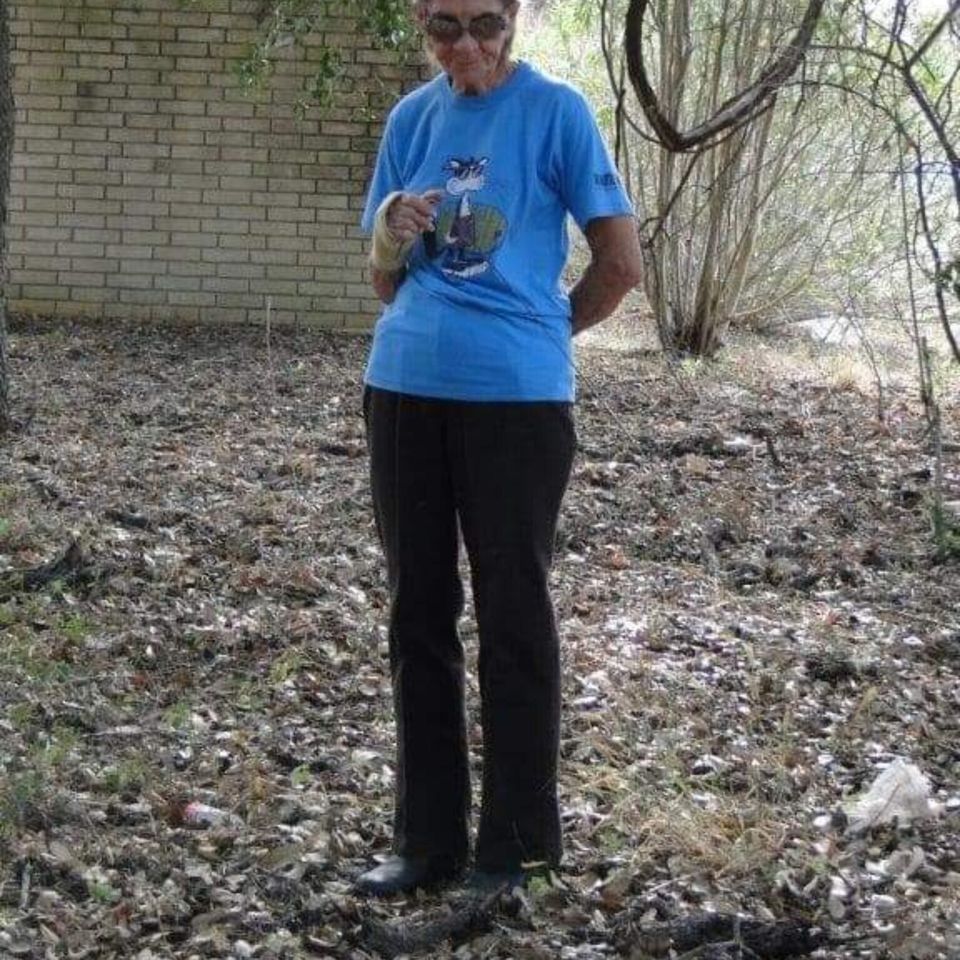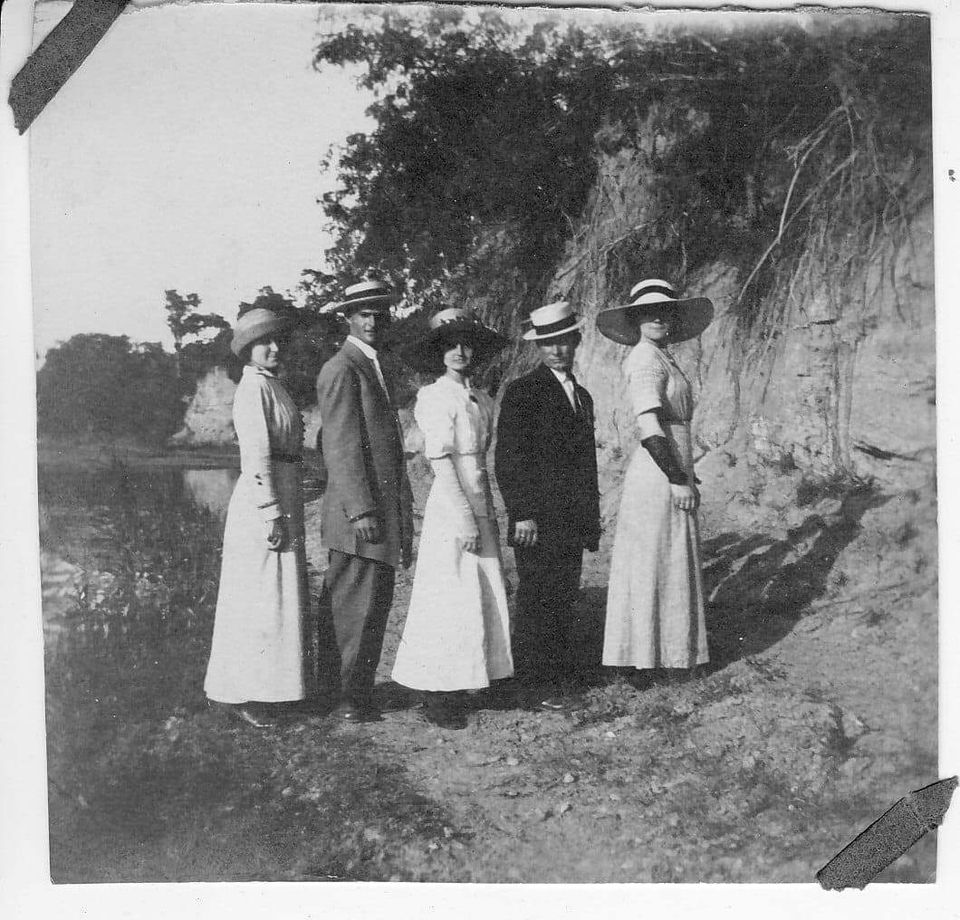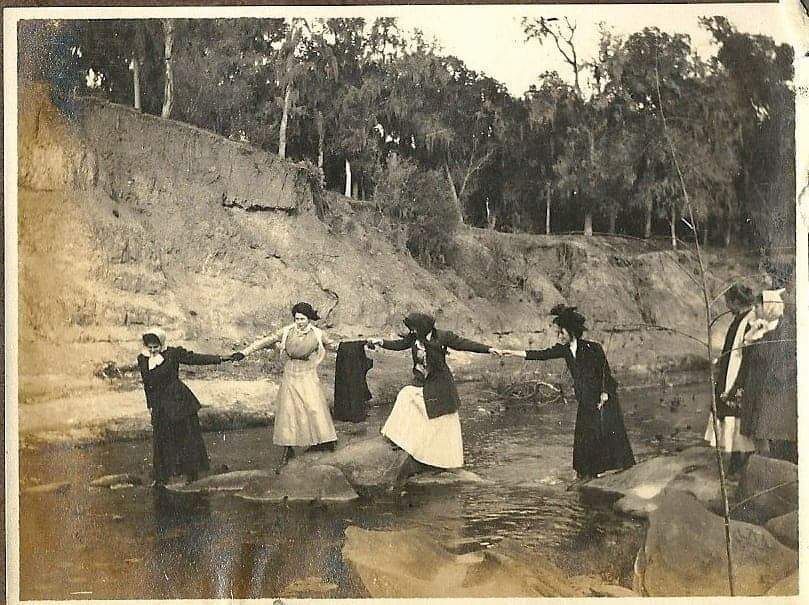A TIME TO SEEK THE LORD ... History of the First Baptist Church of Sutherland Springs Wilson County Texas researched and written by Mrs. Barbara J. Wood, June 30, 1996.
FOREWORD.... The occasion of this Historical Resume is the observance of seventy years of chronicles of those who labored toward the building of this body of baptized believers.
It is written for the pleasure and guidance of those who follow. For no matter how rich the heritage, a church can be no better than the generation that holds it in trust.
In the early years of the church, records were kept at the homes of the officers. Twice, homes of the Church Clerk burned destroying the Church Minutes. Therefore, Church records are not available until the year of 1953 with years following being incomplete at times.
I researched and studied material from Church Records available, Annual Associational Minutes, information from church members and other historical passageways.
I am appreciative to my husband, Dewayne, The San Antonio Baptist Association staff, Linda Bright from The South Central Baptist Area Associational Office, The Historical Commission of the Southern Baptist Convention, The Texas Baptist Historical Collection, The Southwestern Baptist Theological Seminary, The Sutherland Springs Historical Museum, Rev. Robert Miller of Calvary Baptist Church, Pastor Jeff Weems of The First Baptist Church of Sutherland Springs, Mrs. Lora Adcock, Mrs. Beulah Wilson, Mrs. Virginia Baker, Mrs. Viva Lou Mills and many others who have helped in various ways.
I had hoped to include a biographical sketch of most of the pastors. However, due to lack of information, this could not be.
Occasionally, words and phrases have been used which do not appear good form today. These have been preserved because they are actual transcripts of the writing at the time.
This historical writing may include information of which some may not agree. When there is a conflict in information, I have printed all versions so that the reader may decide.
I have done the best that I could with extensive research from many avenues. It is my desire to have recorded a true history of the First Baptist Church of Sutherland Springs.
Mrs. Barbara J. Wood
Columnist and Historian
June 30, 1996
♡♡♡♡♡♡♡♡♡♡♡♡♡♡♡♡♡♡♡♡♡♡♡♡♡♡♡♡♡♡♡♡♡♡♡♡♡
A TIME TO SEEK THE LORD ..... In the early 1900's, Sutherland Springs was a well-known place. Newspapers, brochures, and folks from all around boasted about her renowned summer and winter resort.
The retreat was promoted foremostly for health reasons. Nature had gloriously flaunted a healing potpourri of redeeming mineral springs, hot and cold.
Although, this is not where the spiritual image of Sutherland Springs begins. One could say that the commencement was with the faith-driven perseverance of religious pioneers in the 1700's.
From the beginning of time, human nature has had the desire to seek and has hoped for a better life. Therefore, a great religious paradigm was introduced with the arrival of Franciscan missionaries and the building of Missions. The Franciscan missionaries came to bring Christianity to the Native American tribes living here. They came to convert them to God.
The Franciscans, the Order of Little Brothers, were picturesque with their bare feet and clothing of drab, gray wool. This image was consummated with their strong will and persistent faith in this time of seeking the Lord.
The Franciscans built thirty-six missions in Texas. They established Mission Concepcion in 1731 in this vicinity. It covered approximately fifteen square leagues.
Mission Concepcion had its own ranch and grazing land for its livestock. This ranch, Rancho del Paistle, was situated on the west bank of the Cibolo near the present Sutherland Springs. Rancho del Paistle rephrased is Moss Ranch. (One of the past traditional characterizations of Sutherland Springs is the silvery hued Spanish moss that so unendingly adorned the exquisite oaks. The long strings of moss were used for blanket coverings, lived feed, packing material, decoration and the Native American women wove it for clothing such as skirts, shoes and shawls.) The Moss Ranch was abandoned in 1767.
Partial secularization of Mission Concepcion began in 1794. Then Mission San Jose served it. The transmittal of the Mission from ecclesiastical to civil use was completed in 1824.
Ten years later, in 1834, the Moss Ranch became private property when Jose Maria Balmaceda assumed the ownership.
Doctor John Sutherland, founder of Sutherland Springs, settled in this area fifteen years later about 1849. The fanfare of hot and cold springs, especially the bubbling steamy sulfur was possibly the enticement. Doctor Sutherland was a practitioner who used a method of medicine that encouraged cures from the use of vegetable compounds and steam treatments.
The locality was given the name of "Sutherland Springs" in 1851. Doctor Sutherland had received a certification for a Post Office that needed a townsite's name. He gave his last name with validation of the mineral springs. The actual town site was laid out in 1854 from two-hundred seventy-five acres of the Sutherland estate.
The Doctor John Sutherland home place was along the west bank nearly a mile from the springs. (The limestone cistern on the north side of the First Baptist Church is the last remaining relic of the Doctor John Sutherland home place. The large concrete block protecting the opening of the cistern is a slab of the sidewalk from Hotel Sutherland.)
It was perfectly natural for those who had known the fellowship of other Christians, when scattered out into other areas without a church of their faith and order, to have a time of seeking the Lord. Doctor Sutherland, an austere Methodist, wanted a place of worship near his family. Thus, he and Joseph Polley, of the Polley Mansion, co-sponsored the installation of the Sutherland Springs Circuit of the Methodist Episcopal Church, South.
In 1863, the Fifth Annual Convocation of the West Texas Conference of the Methodist Episcopal Church, South was held in Sutherland Springs. In 1876, they abolished the Sutherland Springs Circuit of the Methodist Episcopal Church. The Methodist parishioners continued their worship with a circuit rider pastor who came twice a month to hold services. The traveling pastor was usually paid with vegetables, fresh milk and butter, and freshly laid eggs from the hens.
A time of seeking the Lord for other faiths became apparent around 1877 with traveling pastors from the Protestant Episcopal and the Cumberland Presbyterian Churches. As well at that time, there were regular Methodist services being held in Sutherland Springs. The Union Church began to hold revivals in the summer down by the Cibolo outside town.
Beginning in the early 1900's, religion instruction did not seem as important. In spite of the Legislature's 1875 Prohibition Enactment, two saloons were being operated in Sutherland Springs.
In the Forty-ninth Session of the San Antonio Baptist Association, they pledged the following:
The Liquor Traffic
For still another year our country has continued its human sacrifices, numbering tens of thousands of victims to this hideous monster. Our civilization does not deserve the name of Christian while the infamous traffic, deadly to the body, mind and soul, is countenanced (supported) by our laws. This Association stand for the complete extirpation (destruction) of the liquor business. Signs are numerous that the days of the saloon are numbered in America. Regulation has been everywhere a failure. Annihilation (destruction) is the one alternative. The saloon is always and everywhere a lawbreaker. Public sentiment, especially in the South, is forming fast and strong to drive the whole business from the land. Georgia and Oklahoma have already outlawed the saloon. Tennessee, the Carolinas, Alabama, and Mississippi seem ready to follow at once, in Texas, Kentucky, Virginia, Arkansas and in fact, in the entire South, its years are few. Wise saloon men already see the handwriting on the wall, and are lustily urging their comrades to obey the laws. They are too late to avert the storm. Their business is doomed. The Anti-saloon league was never before so active and efficient as now. This association pledges its prayers, and its every possible effort to the task of freeing our state forever of this arrogant, lawless, deadly enemy to society.
The glimpse into the spiritual past of Sutherland Springs has now inspired the time back to the early 1900's when she was so prevalently fashionable. It seemingly was a time for Man assuredly to seek the Lord.
In a meeting January 12, 1908 held by the pastor of the First Baptist Church of Stockdale, Rev. John Poole assisted by Rev. S. C. Bailey, State Evangelist, the following action was adopted:
"We, the Baptist Church of Stockdale, Texas, hereby certify that we have in the surrounding country several important places that are entirely destitute of the Gospel by Baptists. Sutherland Springs is a railroad town and they have a House of Worship, etc. located about six miles west of here. Also Caddo about six miles northeast of here is an important place. Several places without preaching should be worked up and get them to call pastors. Therefore, we believe that the Board will do well to employ the Rev. John H. Poole for half time to work at the above mentioned places.
This endeavor was manifest at the Fiftieth Session of the San Antonio Baptist Association, as they received a petitionary letter from a Sutherland Springs Missionary Baptist Church.
This letter had general remarks about the church's spiritual condition, the general tone of the church life, and special features of the year's work.
The Sutherland Springs Missionary Baptist Church was unanimously welcomed October 1, 1908. The pastor was Rev. John H. Poole, Clerk and Sunday School Superintendent was S. H. McIntire. Preaching was every second Sunday.
The Sutherland Springs Missionary Baptist Church reported regularly to the San Antonio Baptist Association until 1925 when it appears it withdrew from the Association with no explanation about the reason.
Another engrossing season in the spiritual growth of Sutherland Springs begins to take place about 1909.
The San Antonio Baptist Associational Minutes of September 1909 recorded the ensuing revelation, "We have in our section an organization called The Southwest Texas Baptist Workers Conference. It is composed of all the Baptists in Southwest Texas who desire to cooperate with it. This conference is to meet annually." The Baptist Ministers on the Executive Committee of the Southwest Texas Baptist Workers Conference were R. F. Stokes – Chairman, E. C. Routh – Secretary, Weston Bruner, J. V. Neal, J. Dickenson, B. A. Copas, Sid Williams, H. M. Cain and R. A Cobron.
This committee was appointed to select a site for a Southwest Texas Baptist Encampment. One that would be involving more than three-hundred thousand Baptists in Texas from eleven Baptist Associations.
After mindful study and investigation of a diversity of locations, the Executive Committee unanimously decided upon Sutherland Springs.
The Sutherland Springs Development Company was formed in 1909. It owned one-thousand acres in New Town that embraced twenty mineral springs along three miles of frontage on the Cibolo.
In an SSDC booklet, the reasons given for Sutherland Springs being chosen were for the most beautiful scenery and trees in Texas; the beautiful Cibolo; inspiring mineral waters and the high moral character of the Sutherland Springs Development Company.
The purposed for the Baptist Encampment, Chautauqua, etc. were for an annual Southwest Texas Baptist Workers Conference meeting place; meeting place of the Southwest Texas Baptist Sunday School; an annual evangelistic camp meeting of several weeks; a two or more week's annual Bible School; a Baptist Missionary Alliance; meeting place for the Baptist Woman's Missionary Workers Auxiliary; an auditorium with a two-thousand seating capacity; and a convalescent annex for the Baptist Sanitarium. (Hospital to be built in San Antonio, Texas)
The Baptist Encampment never achieved the greatness planned by the Executive Committee of the Southwest Texas Baptist Workers Conference. It has been speculated that the reason was the destructive flood that devastated Sutherland Springs October 11, 1913.
An interesting report appears in "A Baptist Century Around the Alamo 1858 – 1958". A committee May 30, 1919 heartily endorsed the location and establishment of an encampment at Leakey, Texas known as Alto Frio Baptist Encampment.
The Encampment was for Baptists of the entire Southwest Texas area. The beautiful, spirit-filled Alto Frio Baptist Encampment meets the criteria of the earlier designated Sutherland Springs Baptist Encampment.
With the genesis of the Sutherland Springs Missionary Baptist Church, they revived spiritual activity. A Baptist Chautauqua Meeting Ground was laid out in the Sutherland Springs park by the mineral springs. They built a permanent shelter (tall poles with only a roof) to house revival meetings and summer encampments.
Chautauqua is a Seneca (Western New York Native American) word meaning one has taken fish here. It refers to Chautauqua Lake where a Literary and Scientific Circle was founded in 1898 by Bishop Vincent of the Methodist Episcopal Church. The Senecas pronounced Chautauqua as if it were "Chaud-dauk-wa."
The Sutherland Springs Missionary Baptist Church and the Presbyterian Church had resident ministers in 1915.
Having no written organizational data on the First Baptist Church of Sutherland Springs, information was recapitulated elsewhere. Interviews in 1972 with Mrs. Madelyn Cowan, Mrs. Bob Baker, and Mrs. Pearl Adcock provided the following:
"The wanting for a place of worship of their faith and in their own community was natural for folks. Wherefore, several members in Sutherland Springs covenanted together to organize a Baptist Church. The church was officially organized October of 1926 in the home of Mr. and Mrs. Burl Chaney. Some of the charter members were Mrs. Claude (Madelyn Prothro) Cowan, Mrs. Johnny (Ruby (Bob) McClanahan) Baker, Edith Elderidge, Lottie Elderidge Parrish, Mr. and Mrs. Burl Chaney, Liilie Joerck Gregory and Grace Joerck Grandstaff."
The San Antonio Associational Missionary, Bro. J. S. Henderson, led in the 1926 organization of the Sutherland Springs Central Baptist Church. Bro. Chaffe, a former pastor of the First Baptist Church of Floresville, came Sunday afternoons and preached the Word of God. The membership met in the old Sutherland Springs School building.
The minutes of the Sixty-ninth Session of the San Antonio Baptist Association records the official acceptance of the Sutherland Springs Central Baptist Church into the San Antonio Baptist Association Wednesday, September 7, 1927.
The Associational Minutes read, "Petitionary letters were called for and the letter from the new church at Sutherland Springs was presented. A committee composed of W. A. Joyner, J. C. Long, and H. A. Seymour was appointed to consider the application of this church for membership in the Association. The report was adopted."
The Minutes recorded the Church Clerk as Harry Craft, Sunday School Superintendent – B. B. Chaney and Secretary – Miss Edith Elderidge.
The fact that this new church was called the Sutherland Springs Central Church suggests that it wished to differentiate itself from another Baptist congregation in town, presumably the earlier Sutherland Springs Missionary Baptist Church.
They apparently organized or constituted the new church in 1926; although, there are times (1947 thru 1951) when they gave the organization year as 1909. For the past forty-five years, they have given the organization date as 1926.
It is not known what year the Sutherland Springs Central Baptist Church became known as the First Baptist Church. The changing of the name could have been simply a matter of preference by the local congregation. It may have been done interchangeably over a period of years, especially during a transition time.
As it seems, the Sutherland Springs Missionary Baptist Church did not make annual Associational reports after 1924. The Sutherland Springs Central Baptist Church surfaced in 1925. In the Gambrell Baptist Association's Fourth Annual Session (October 1925), it chronicled Rev. H. H. Chaffee as the pastor. In a December 1988 historical summary of the First Baptist Church, the writer states "the church was organized in 1926", however, that "the preceding year (1925) a group had organized a Sunday School, Baptist Young Peoples Union, and Woman's Missionary Union."
The Sutherland Springs Baptist Church transferred from the San Antonio Baptist Association to the Gambrell Association October 7, 1941. However, there is some confusion about its relationship for the next few years. The church reported to the Gambrell Baptist Association in 1941 thru 1943 but to the San Antonio Baptist Association in 1944 thru 1946. On September 23, 1947, the Sutherland Springs Baptist Church was again admitted into the Gambrell Baptist Association. This is where the church has been affiliated for the past forty-nine years.
According to 1926 Associational records, Bro. Sam Zook is said to be the first pastor. However, from remembrances of older members, they say that it was Bro. Hal Reddoch. Bro. Zook's family verifies that he was pastor at one time. It appears that both served at different times during 1926 to 1928.
No doubt many rich blessings came to the church membership as they stepped out on faith to buy their first church building. The Sutherland Springs Central Baptist Church was the hub of the community. Persons of all faiths and races with sincerity of purpose and grace in their hearts shared in raising the money.
The older church members say folks from all around came with contributions of chickens, pigs, and hand-cranked ice cream to vend. As well, monetary donations supplemented the needed payment to buy an old store building. They held worship services in the old building for several years.
It was during this period that the church surely was inspired for it was evidently growing in spirit and number. The membership and community volunteers tore down the old building and built a more effective church building using most of the lumber.
The membership persevered in their labor of seeking the Lord. In 1949, they found themselves in another building program. Under the counsel of their pastor, Bro. W. C. Binford and the supervision of a church member, Johnny Baker, they tore down the old church building. They met in the Old Town Sutherland Springs School Gymnasium for Worship Services until the new church was raised.
They held a Ground Breaking Ceremony on February 27, 1949. Chosen members of the congregation turned spades of dirt from the new property purchased in 1948.
With most of the lumber from the old church and a grant from the Baptist General Convention of Texas, they built a beautiful House of Worship. This new, present-day church was completed in September of 1949.
In the past seventy years, the church membership under the leadership of twenty-eight pastors, has remodeled, restored, and made additions to the church structure.
In Matthew 16:18, the Lord uttered these words, "...On this rock I will build my church..." These were words of hope and meaning to the early Christians as they are to the Christians of today.
Today, June 30, 1996, these words take on an entirely new meaning to the congregation of the First Baptist Church of Sutherland Springs.
Because today, we look back to October 1926, when those few men and women in a time of seeking the lLord, came together to establish this House of Worship. And as we, the membership of today, continue to see the Lord in all seasons of His church.
Researched, compiled and written by
Mrs. Barbara Jane Wood
June 1996
♡♡♡♡♡♡♡♡♡♡♡♡♡♡♡♡♡♡♡♡
UPDATE : In Matthew 16:18, the Lord uttered these words, "...On this rock (JESUS CHRIST) I will build my church..." These were words of hope and meaning to the early Christians as they are to the Christians of today. (When the church building in 1996 was being remodeled, the floor under the pulpit was removed while I was present. There on the ground was a large rock .... no other rocks anywhere on the ground. I asked the pastor what they were going to do with it as we both understood it was the materialized rock the church building was built upon. I happily took home that piece of history.)
Today, January 18, 2022, these words take on an entirely new meaning to the congregation of the First Baptist Church of Sutherland Springs and to the Sutherland Springs Community as the congregation has voted to demolish the 96 year old building. A new church building was built in 2019 following the massacre in 2017.
The "first" Sutherland Springs First Baptist Church building's photo is on the front cover of "A Time to Seek the Lord". It was located on 5th street. When the congregation tore down this building to build a larger church, they used the lumber in the new church building.


